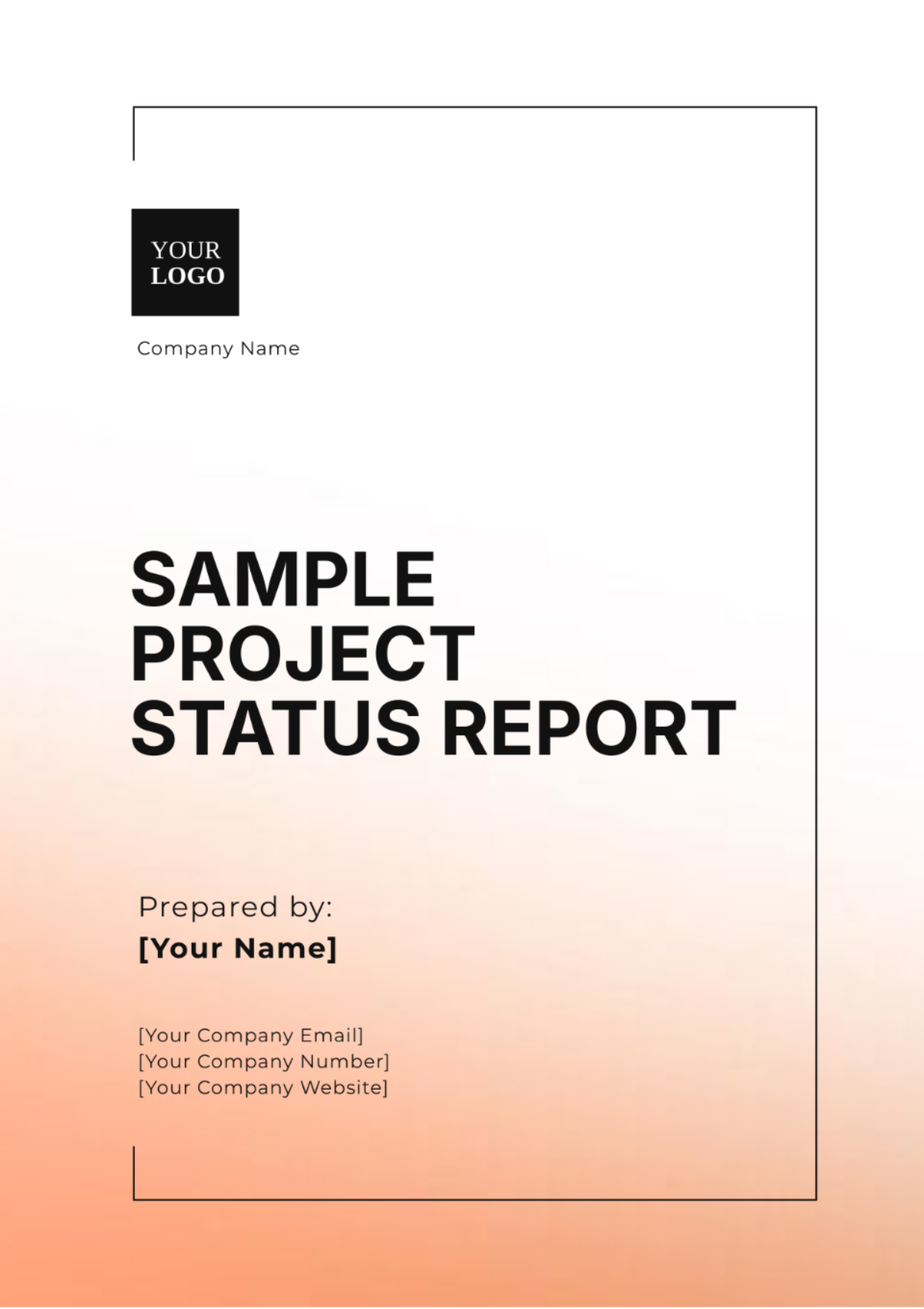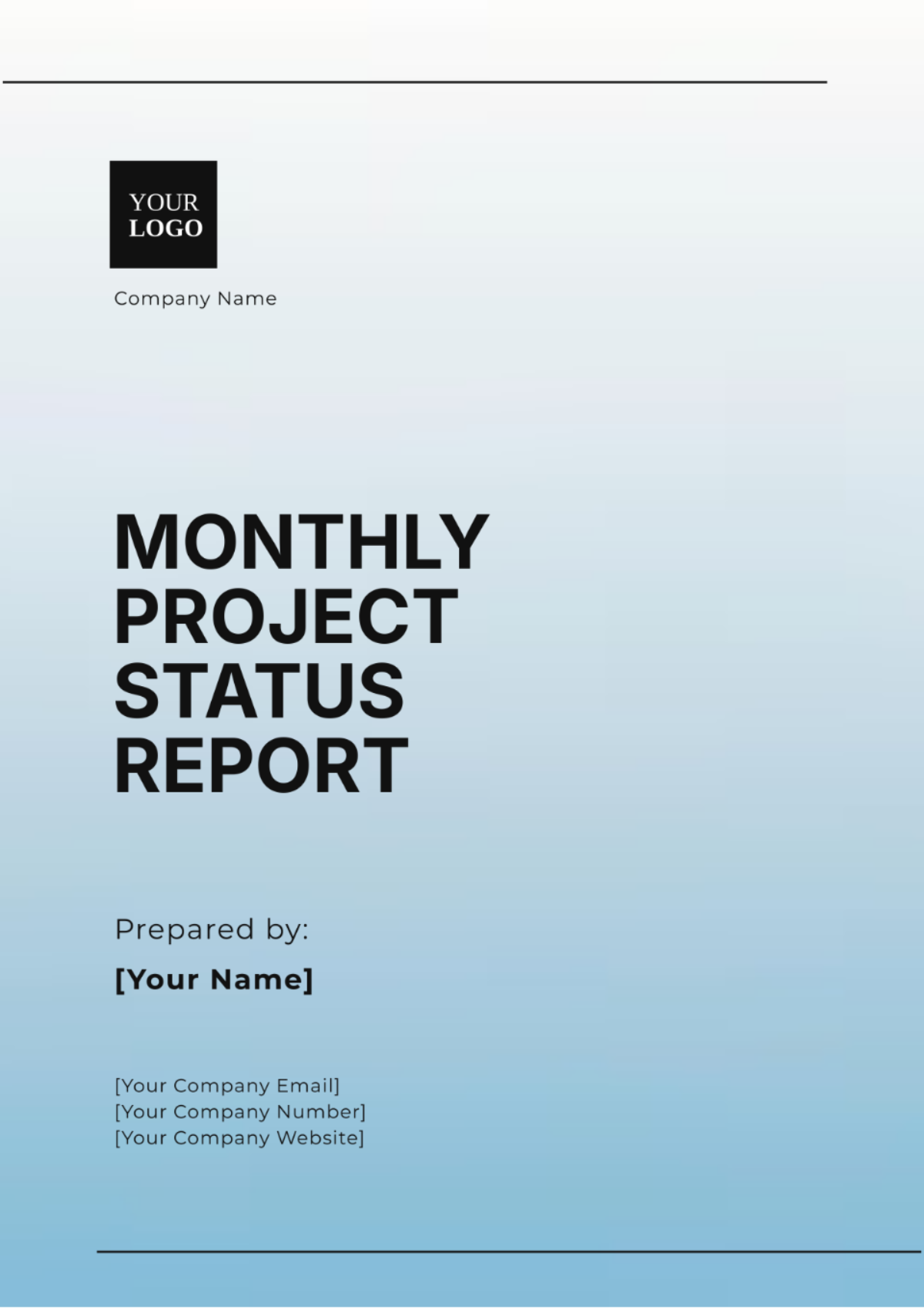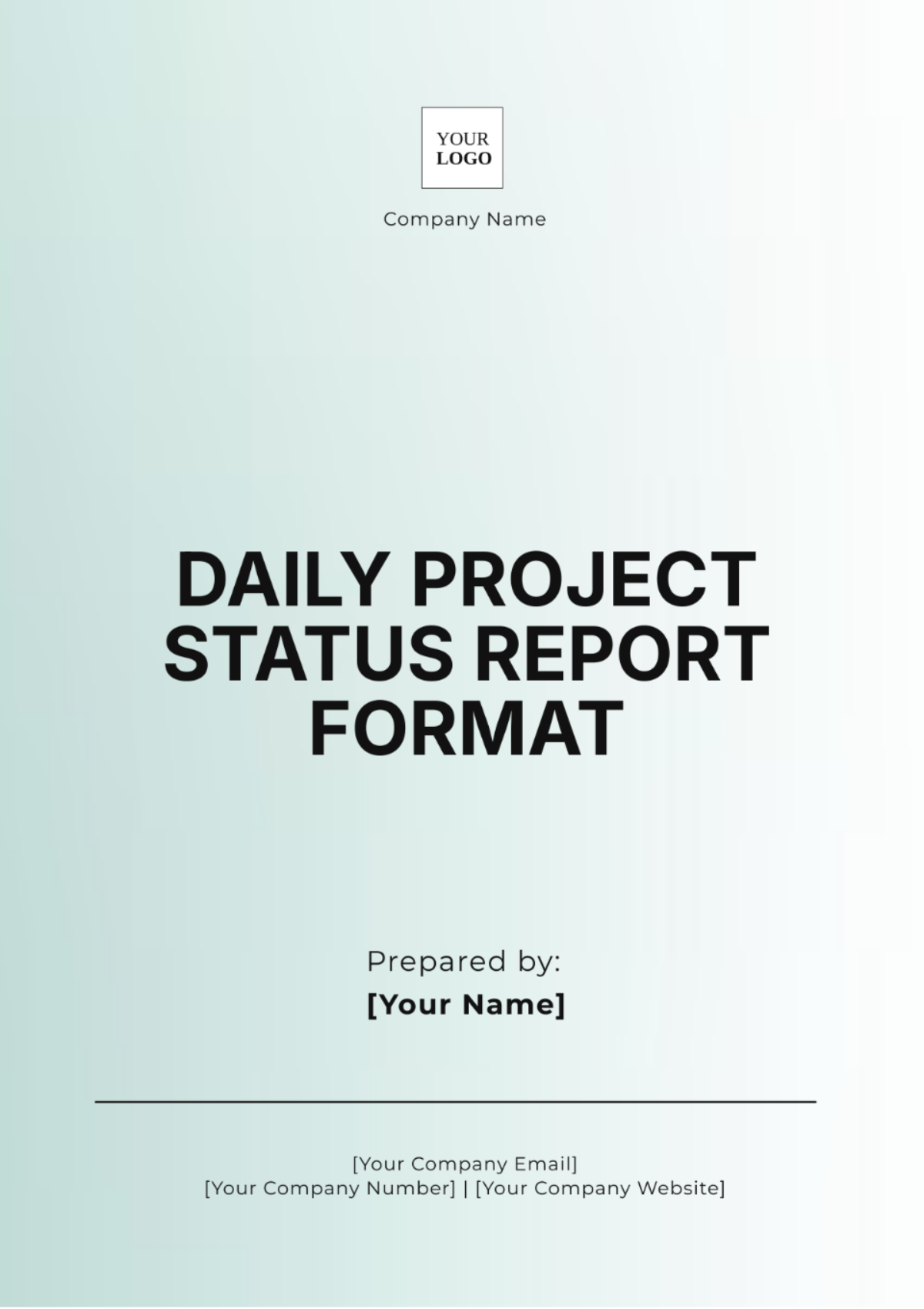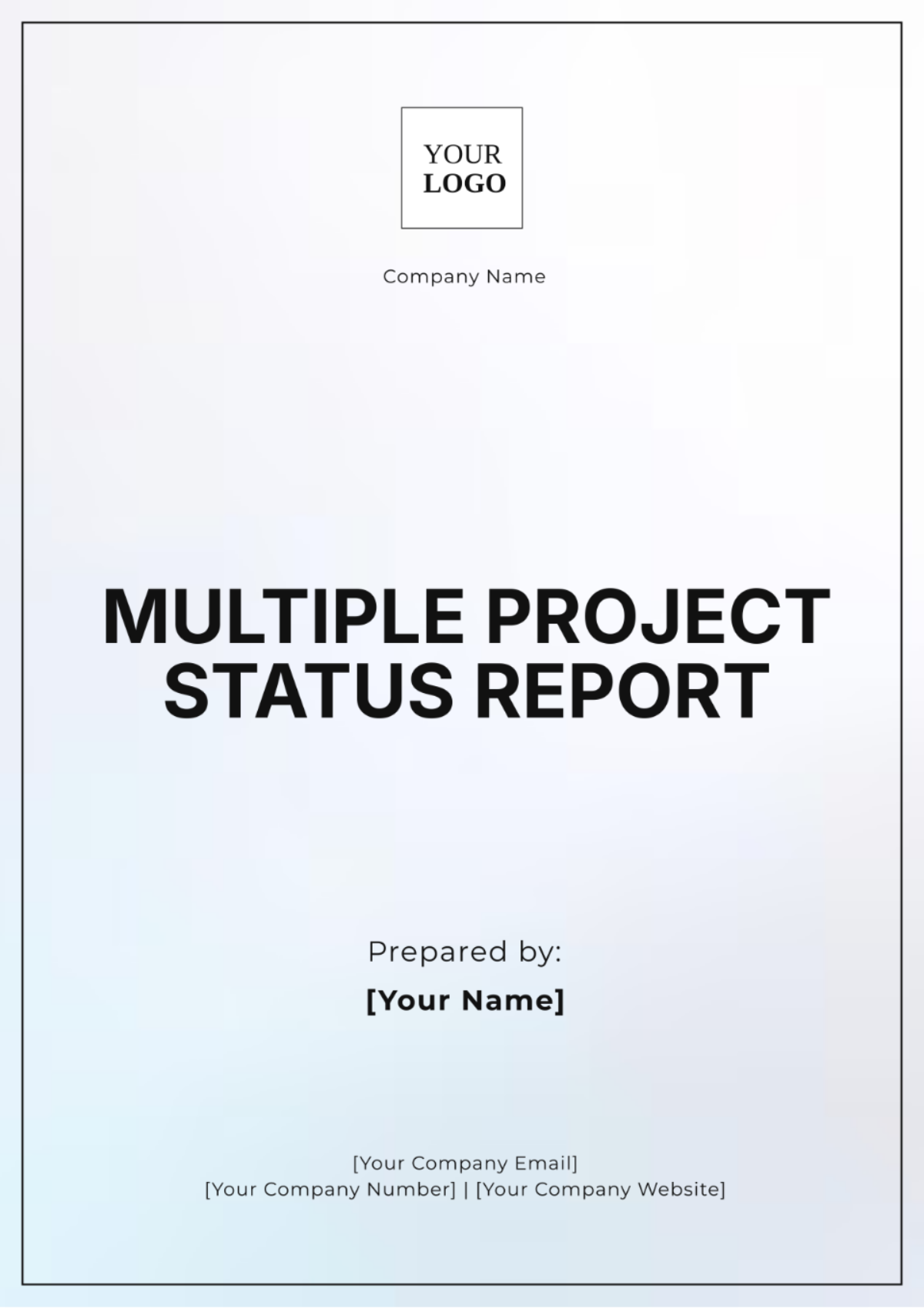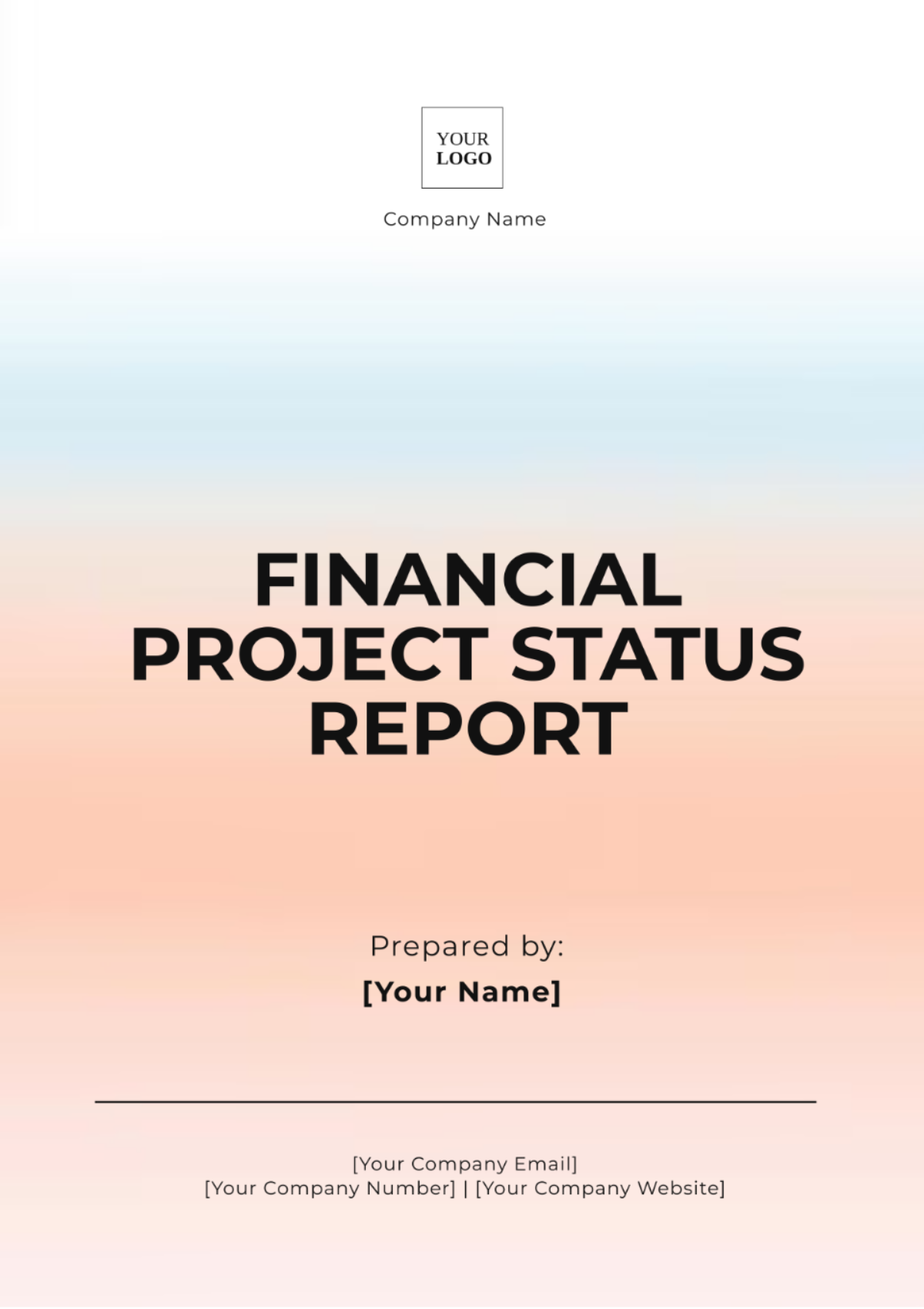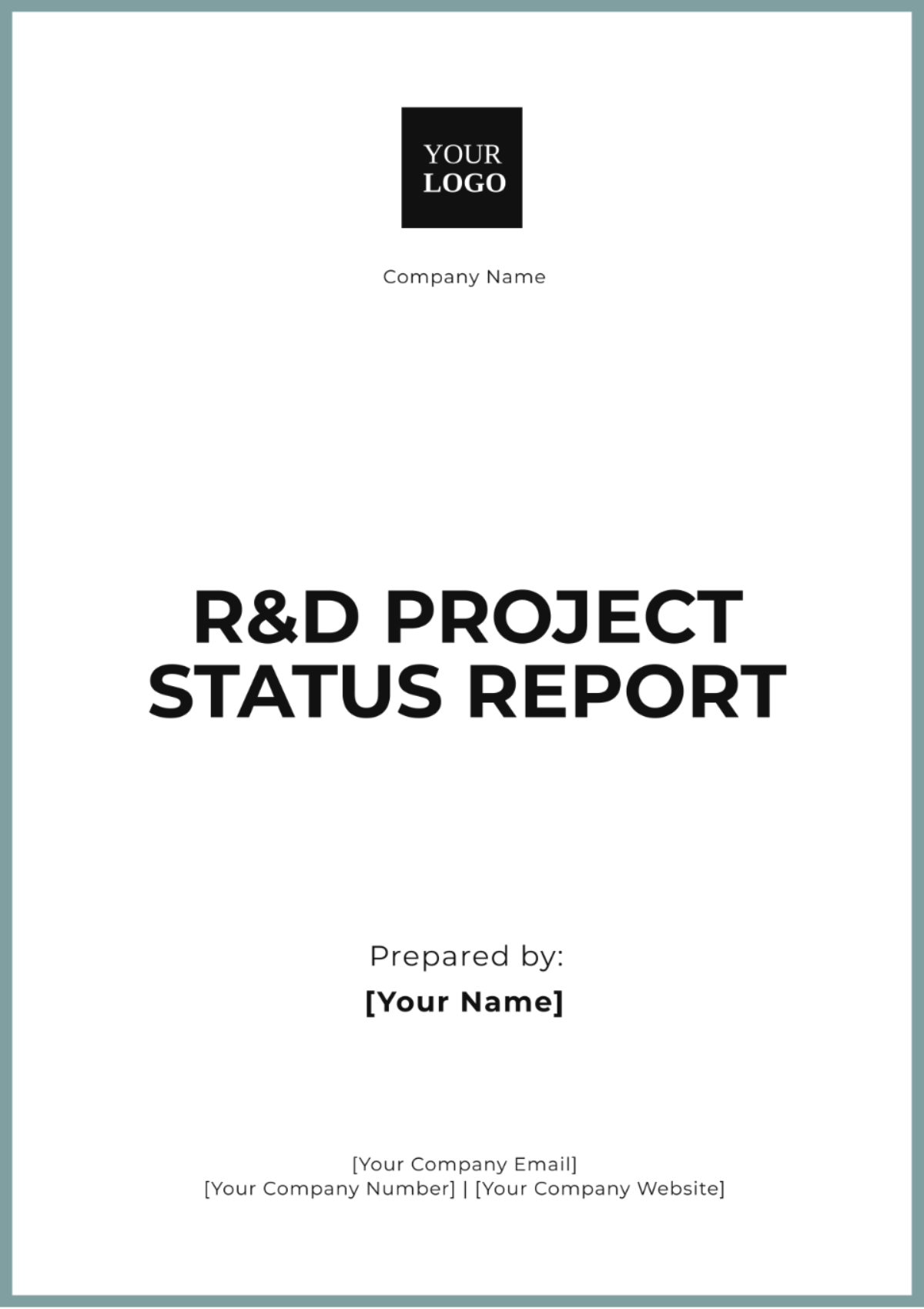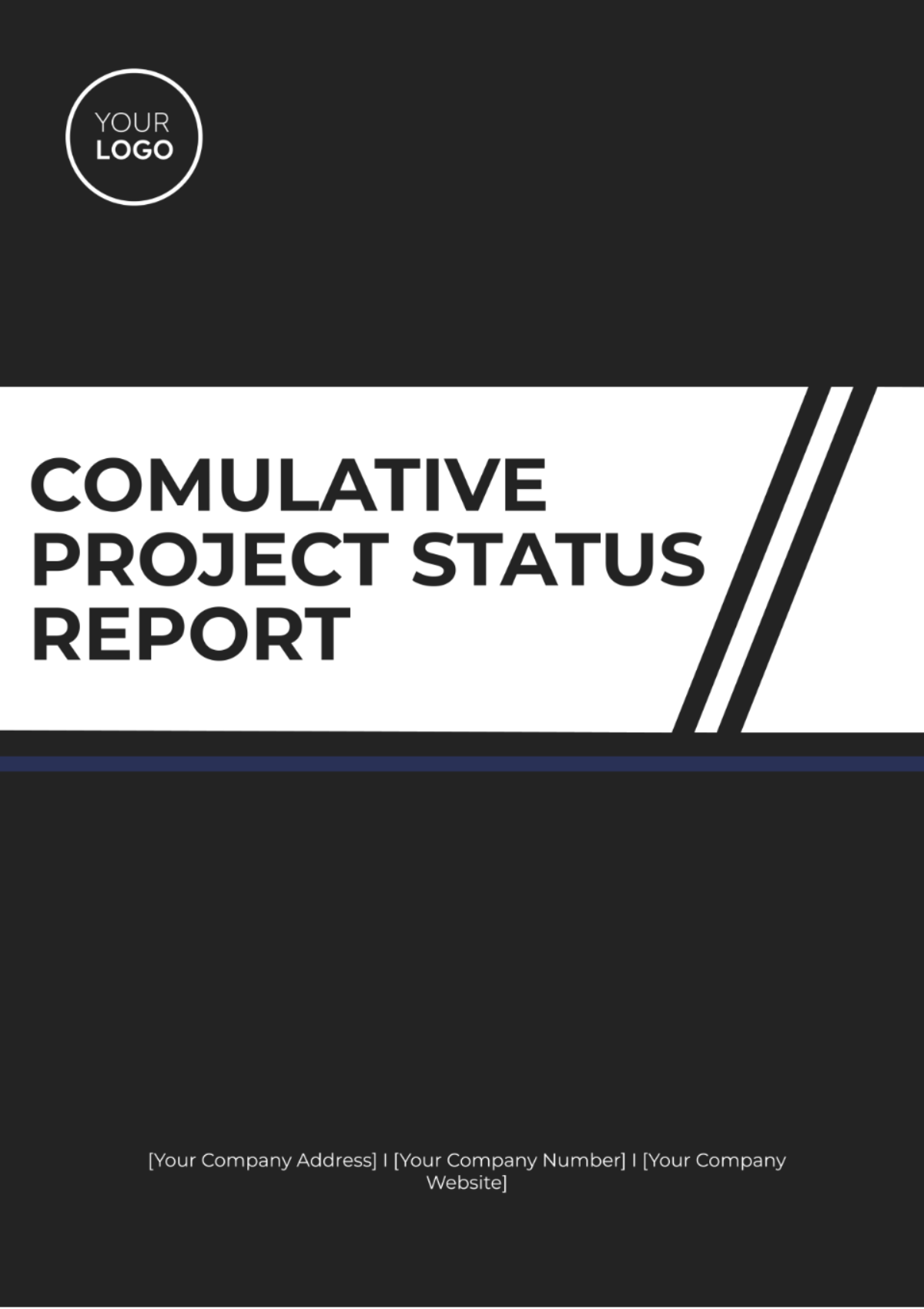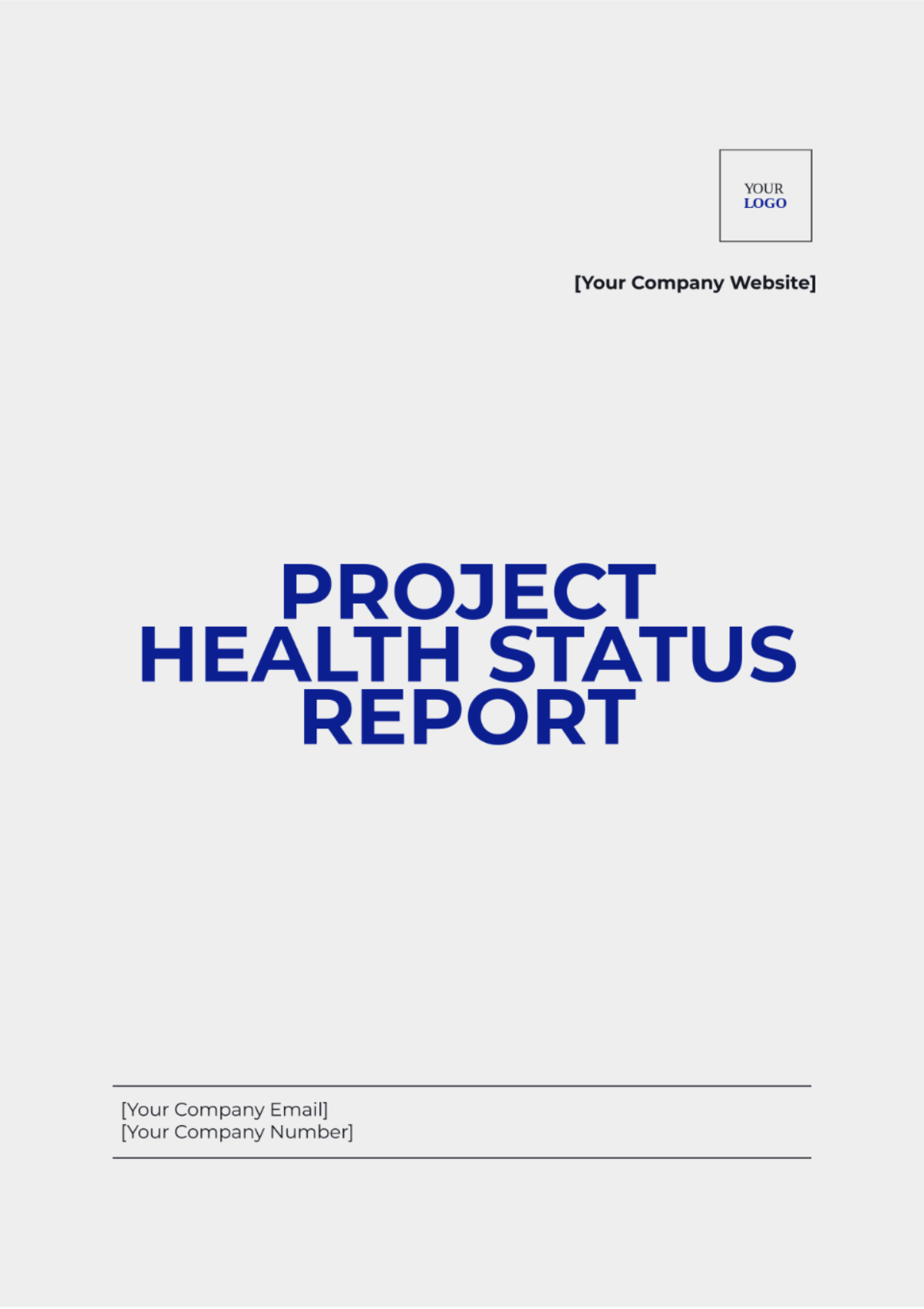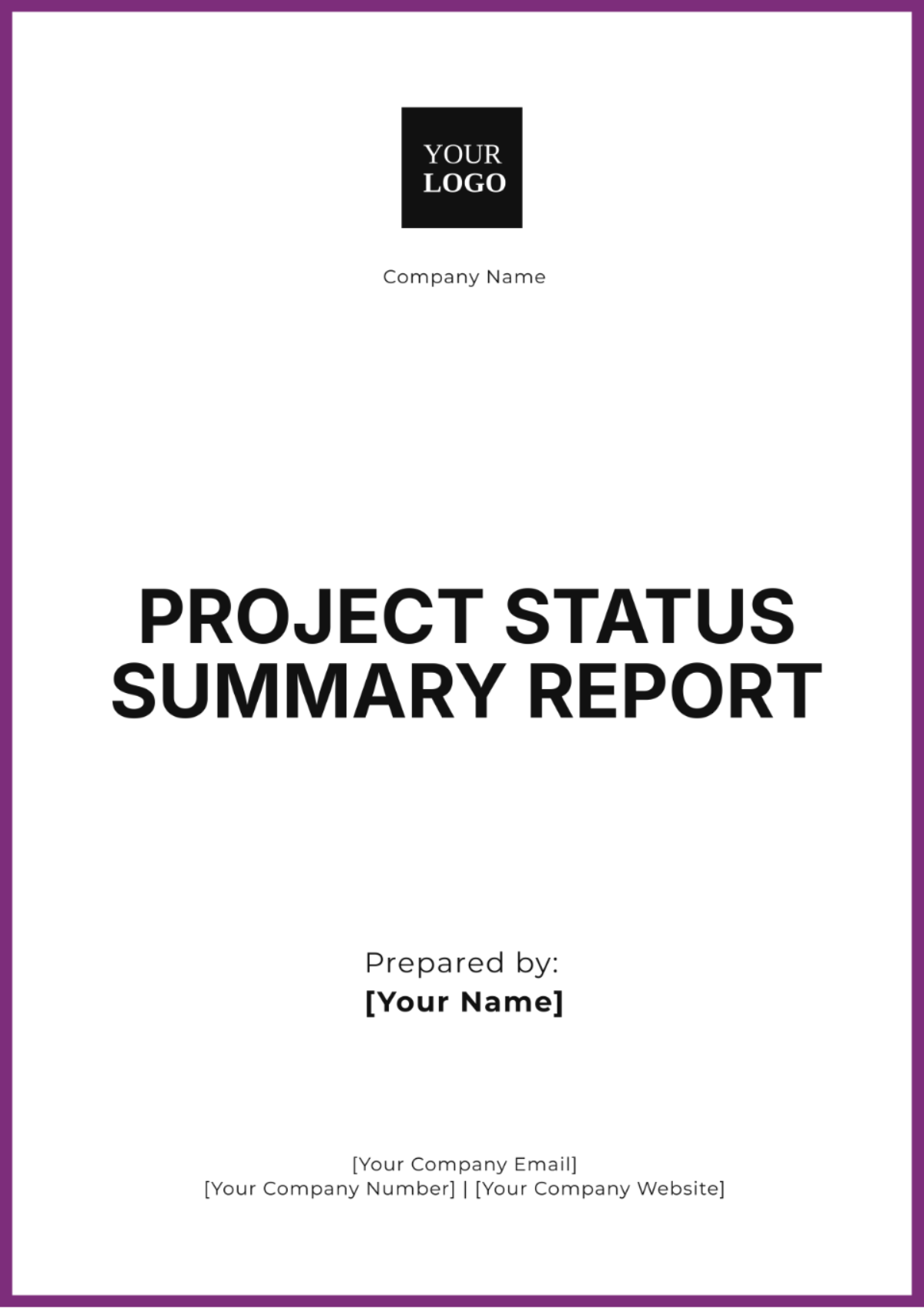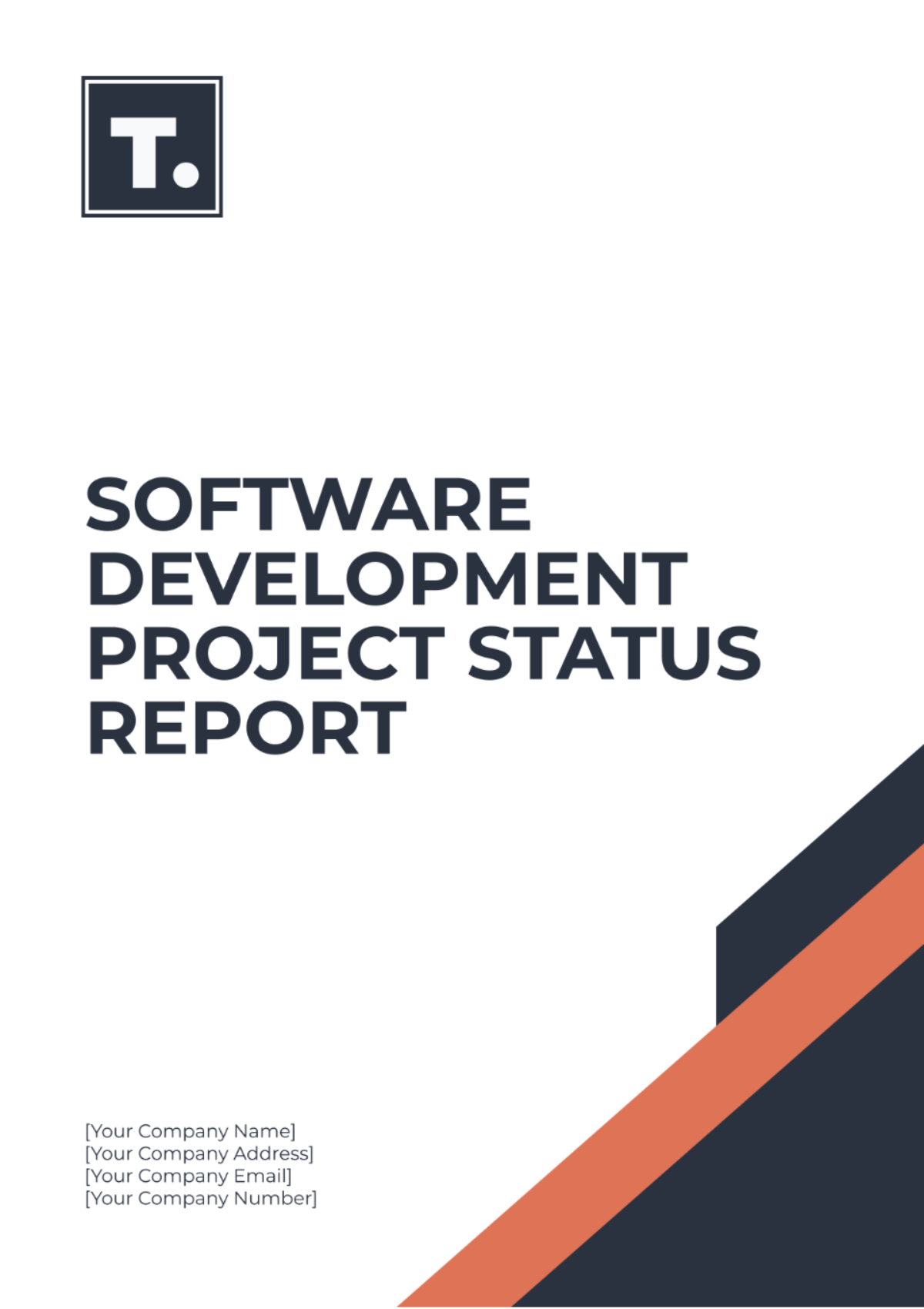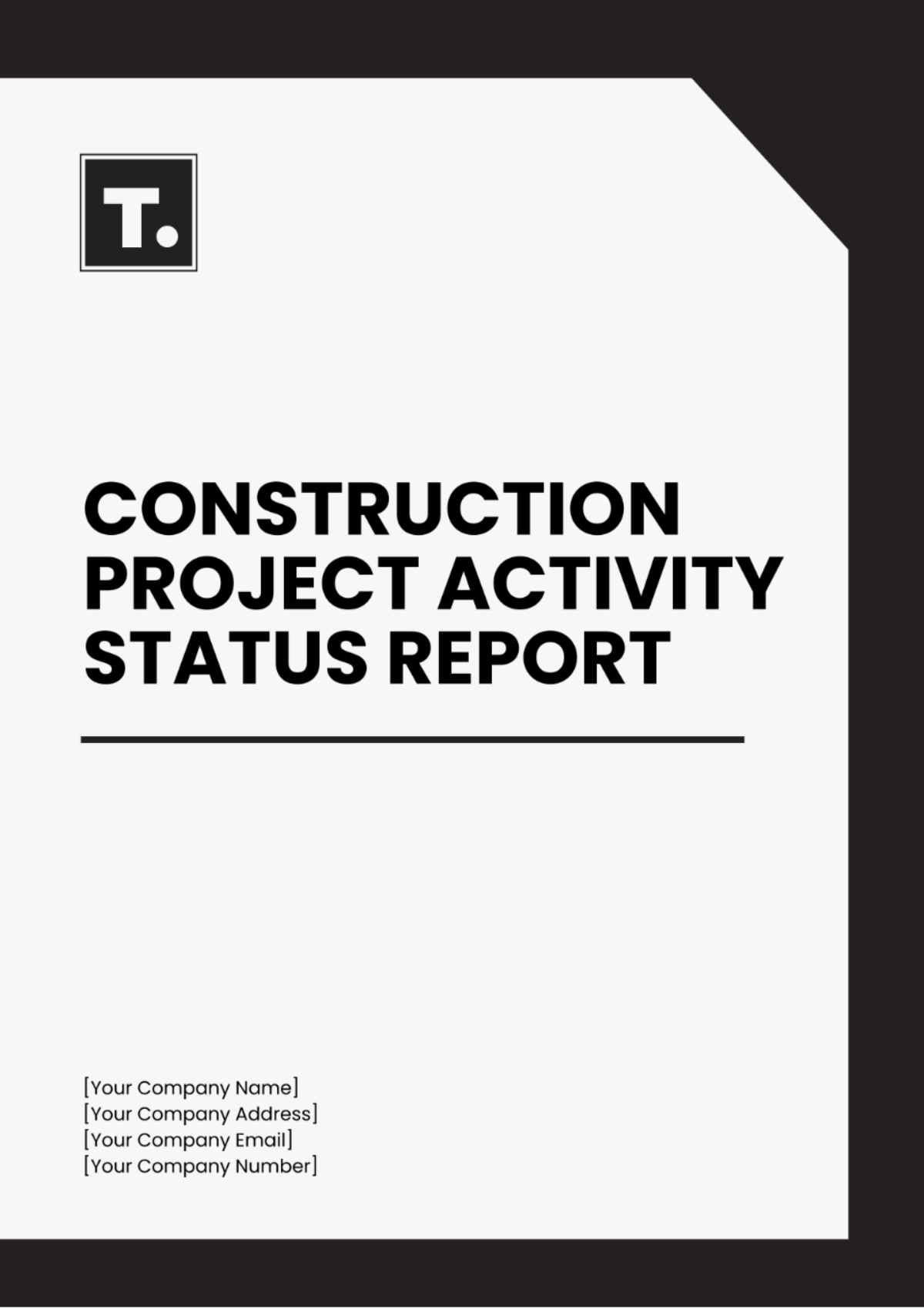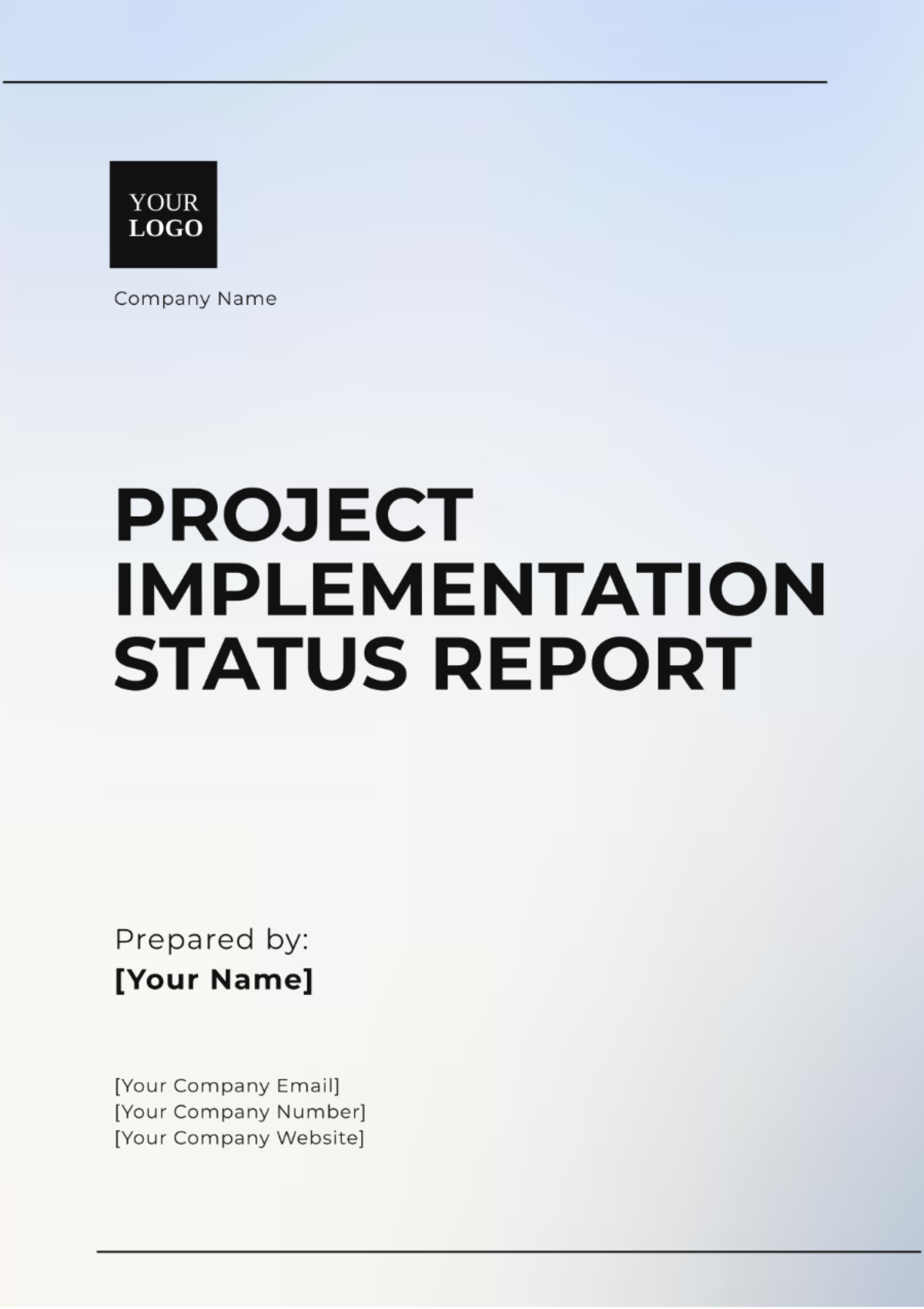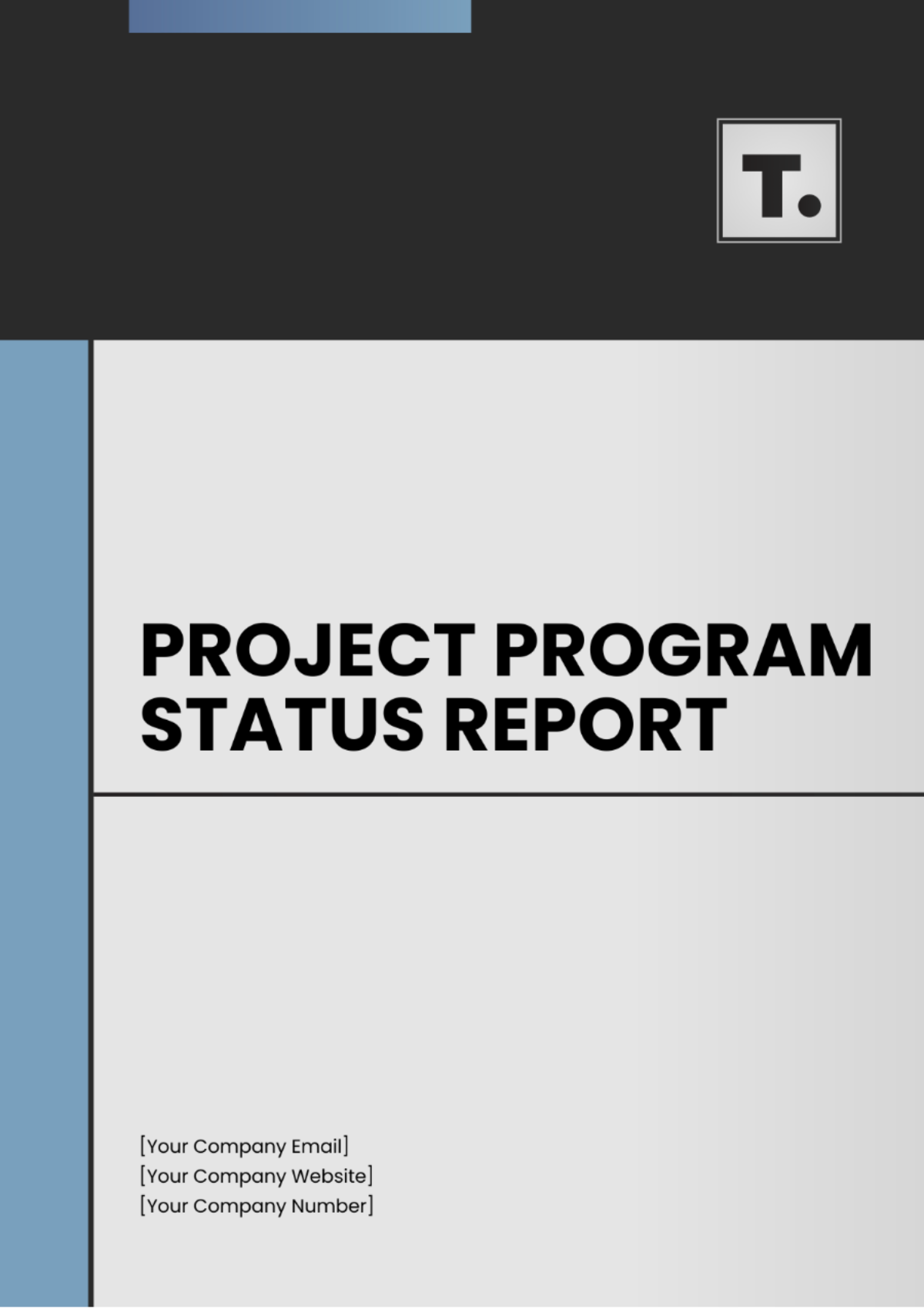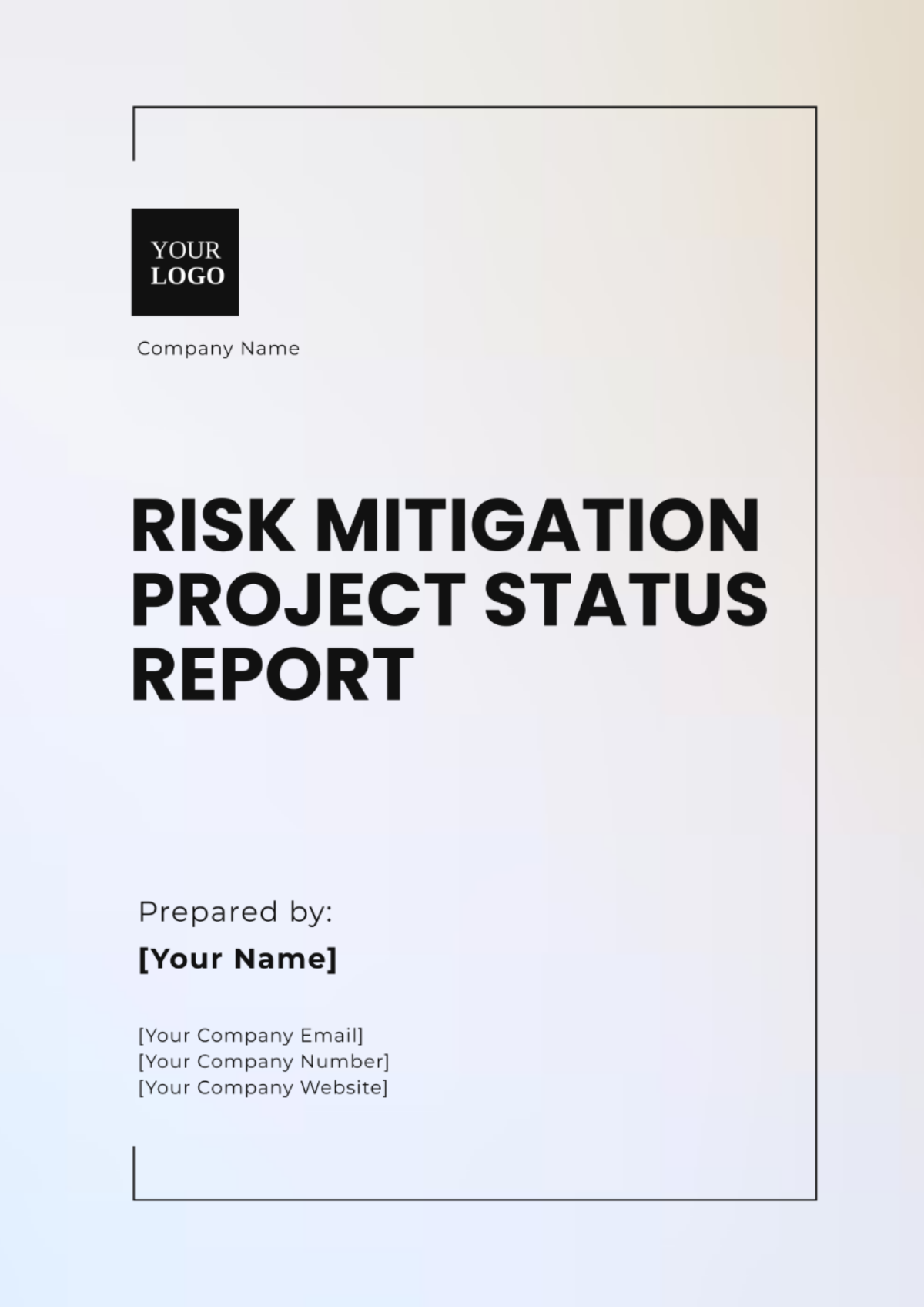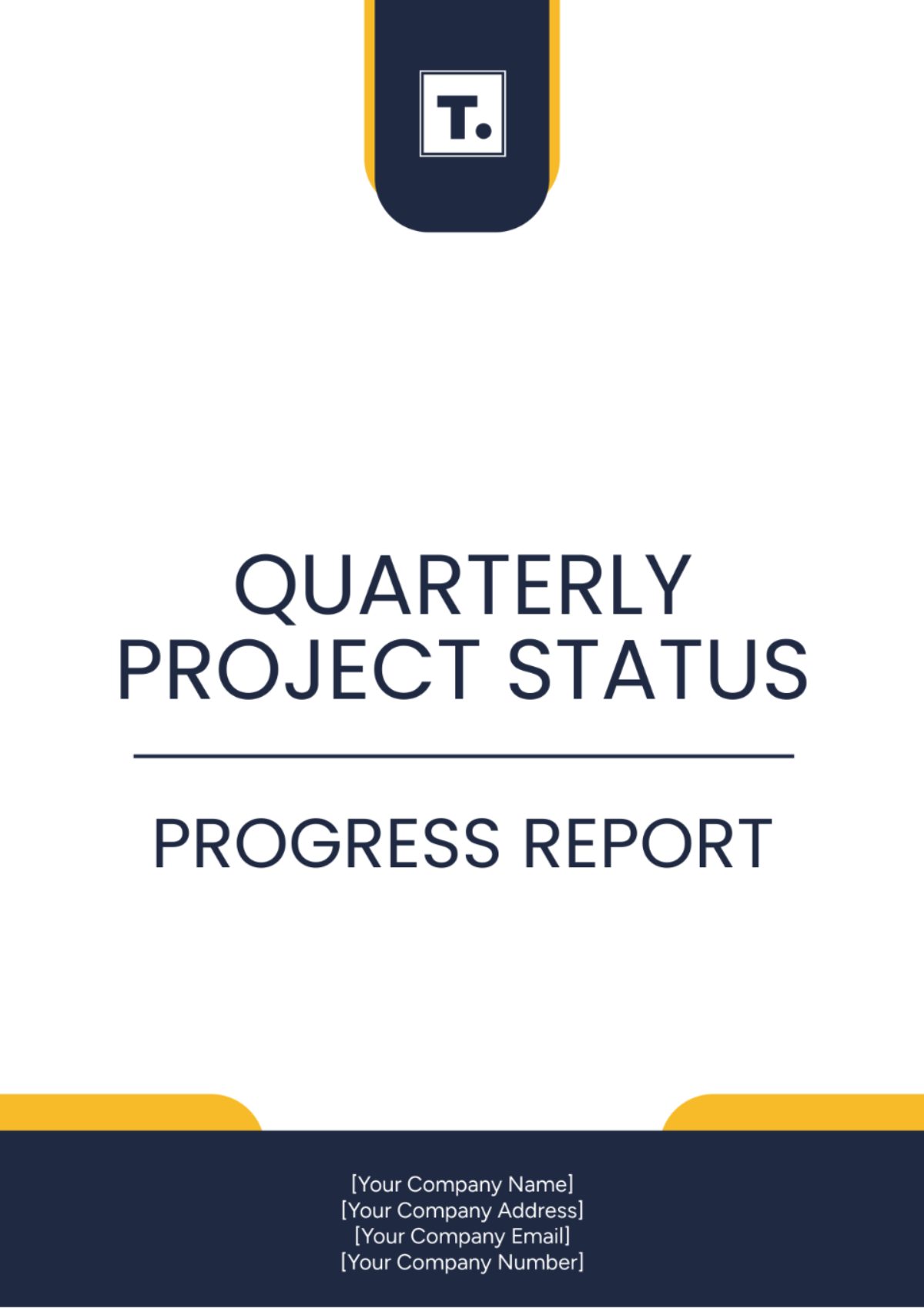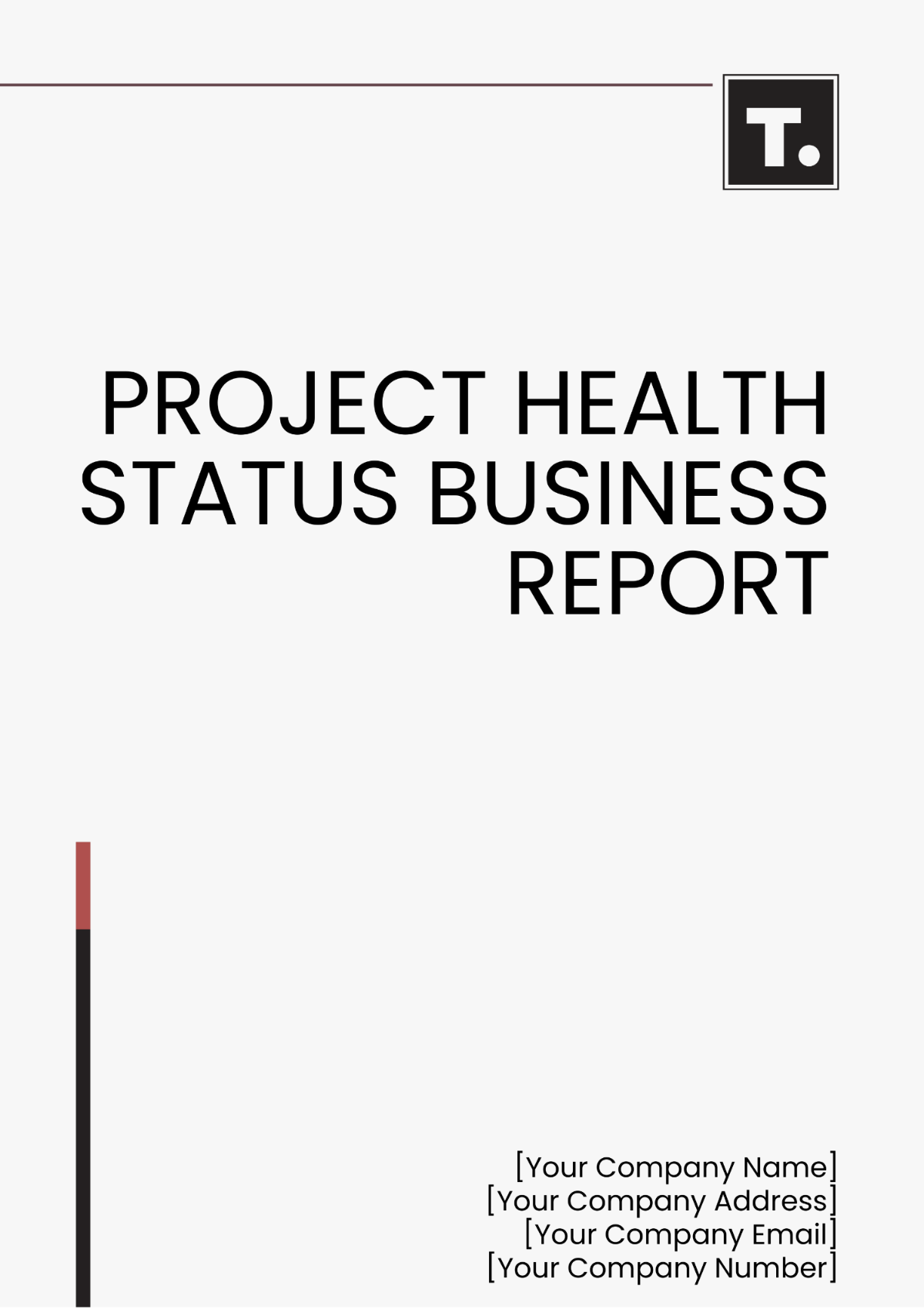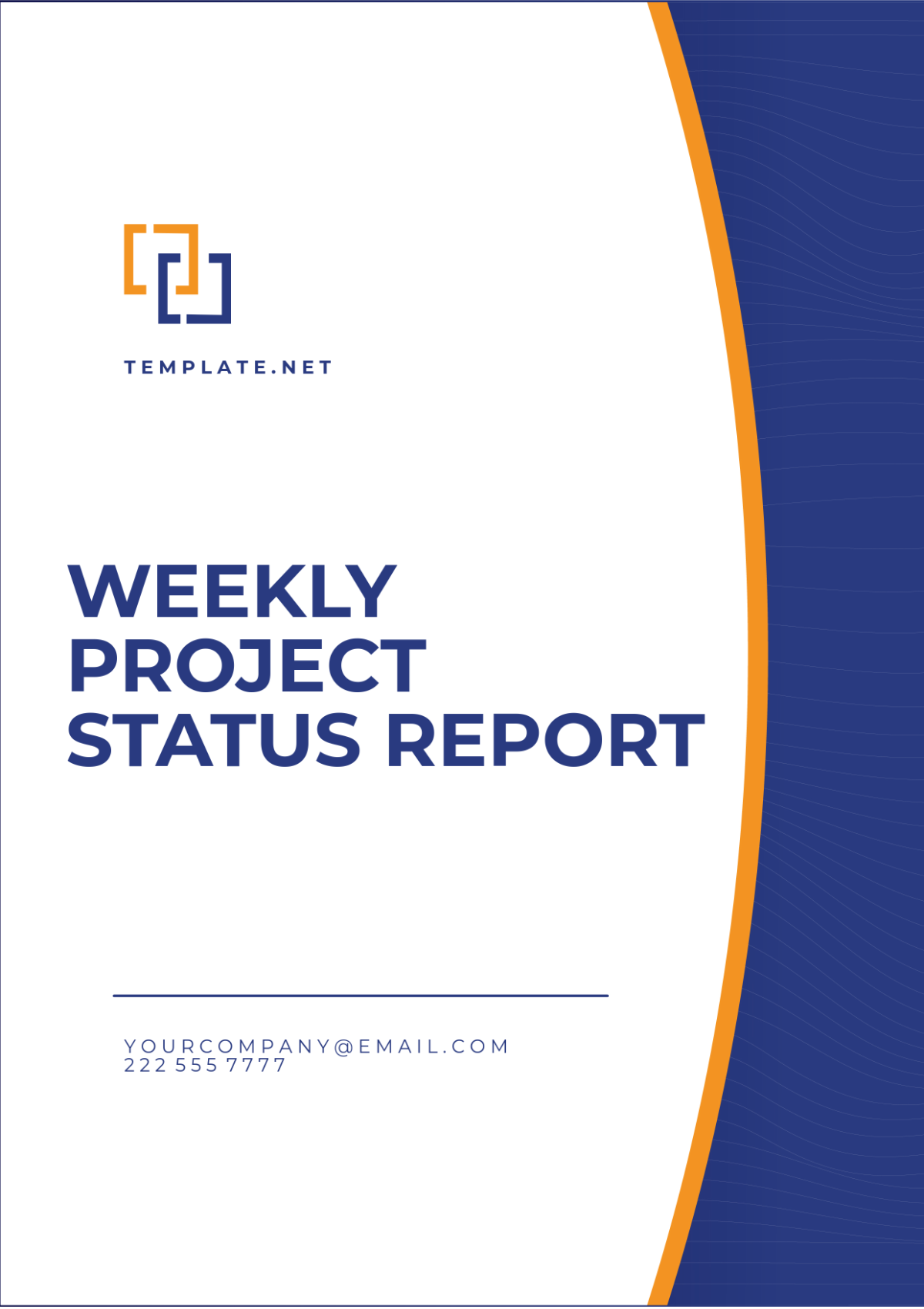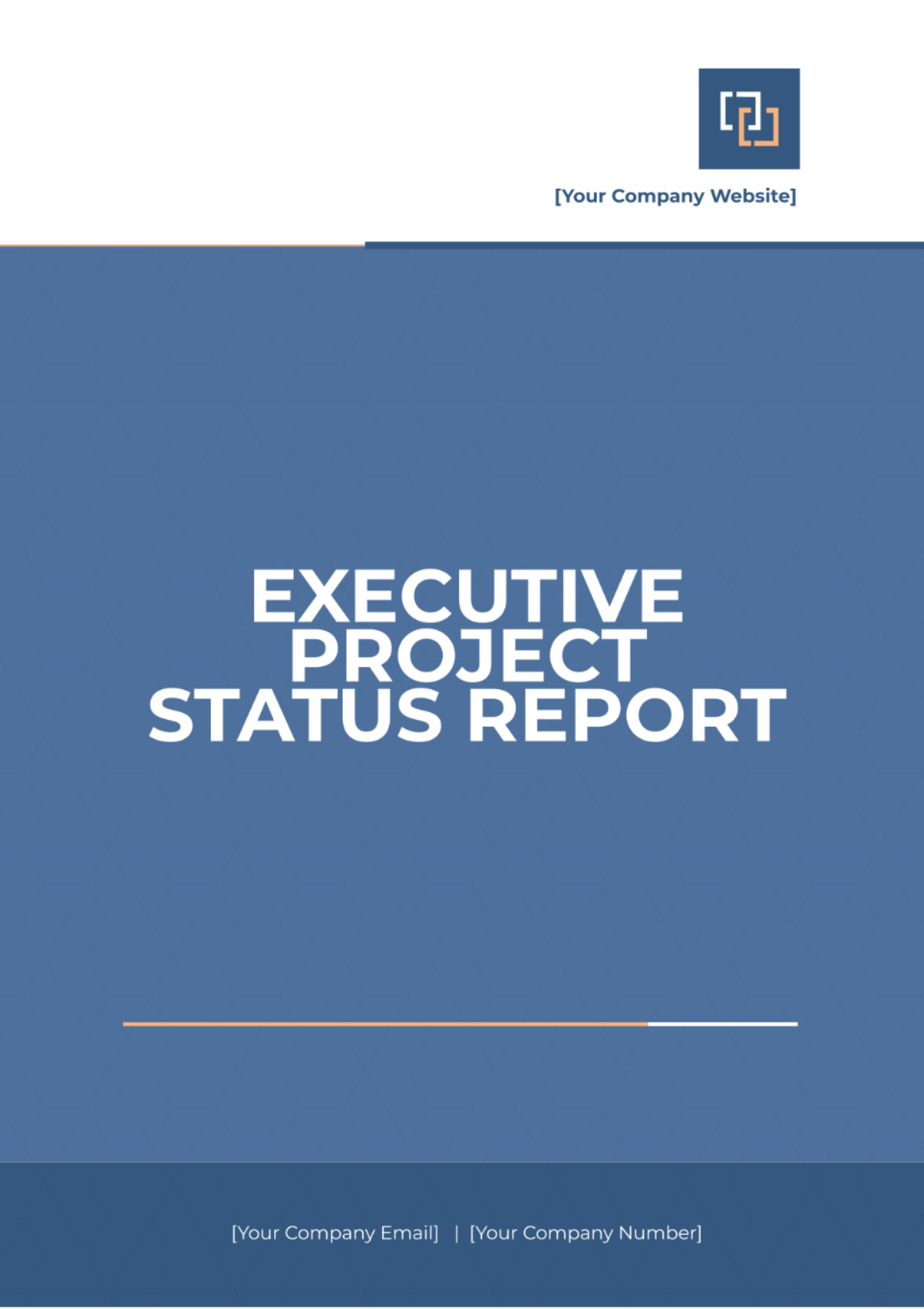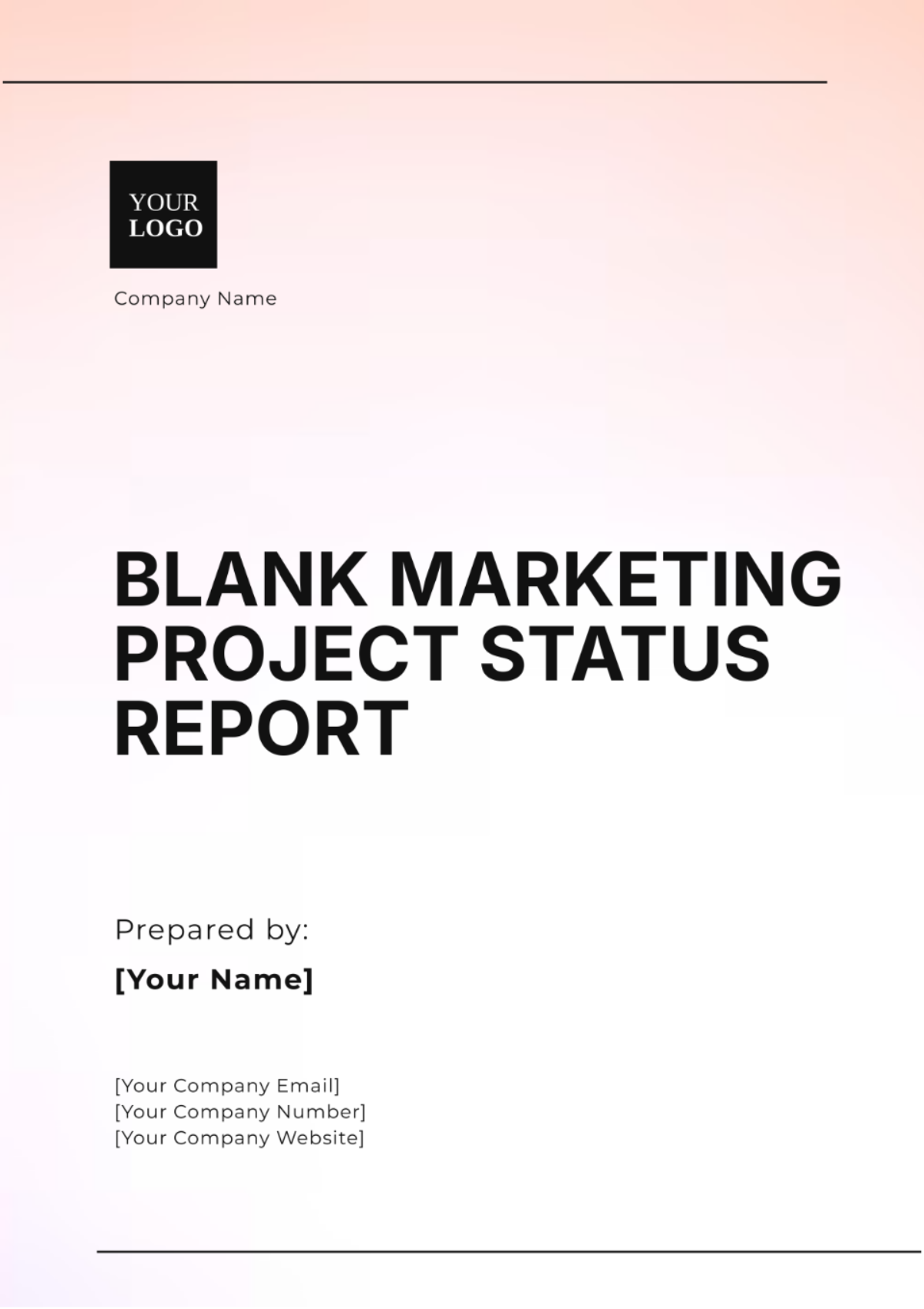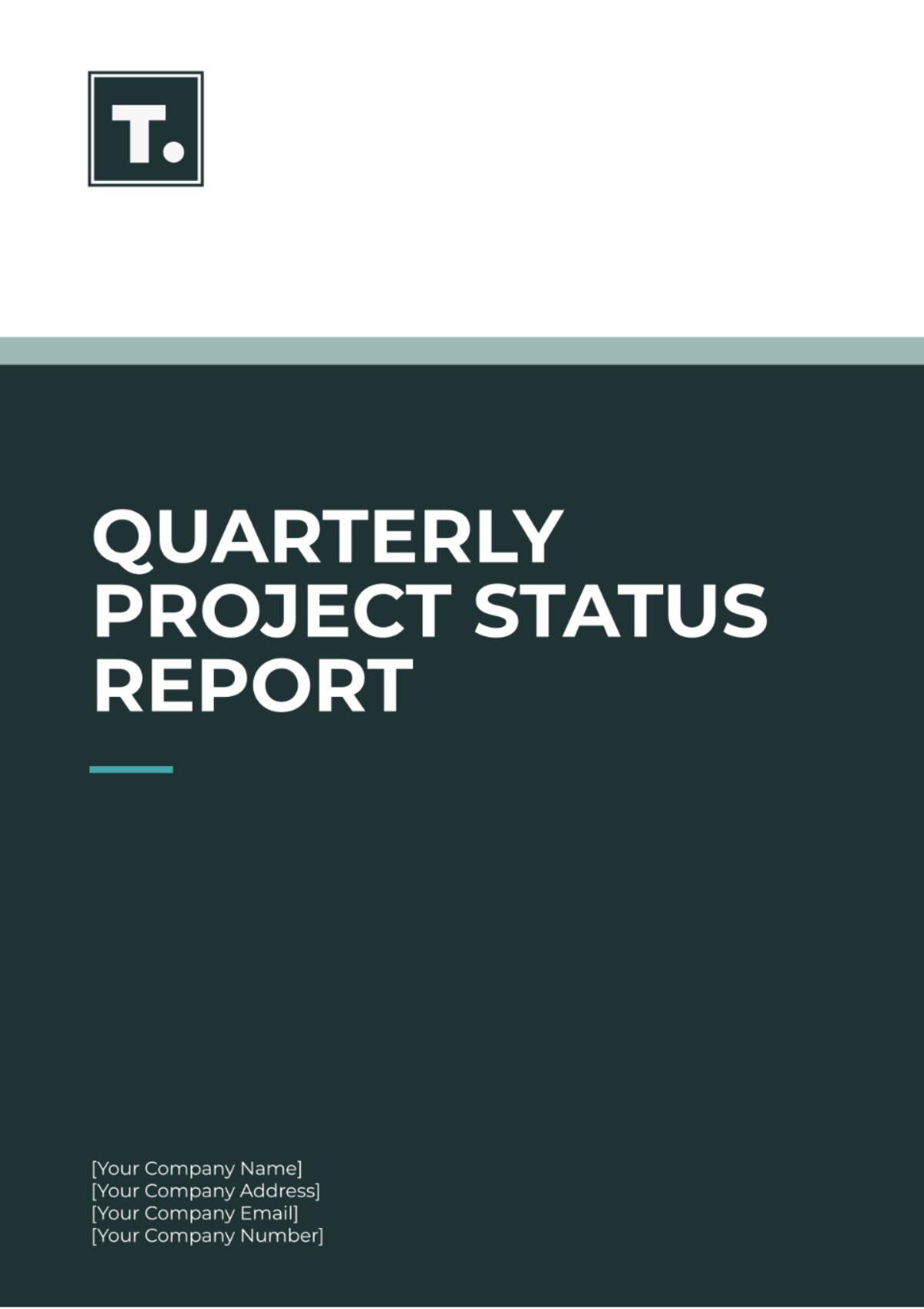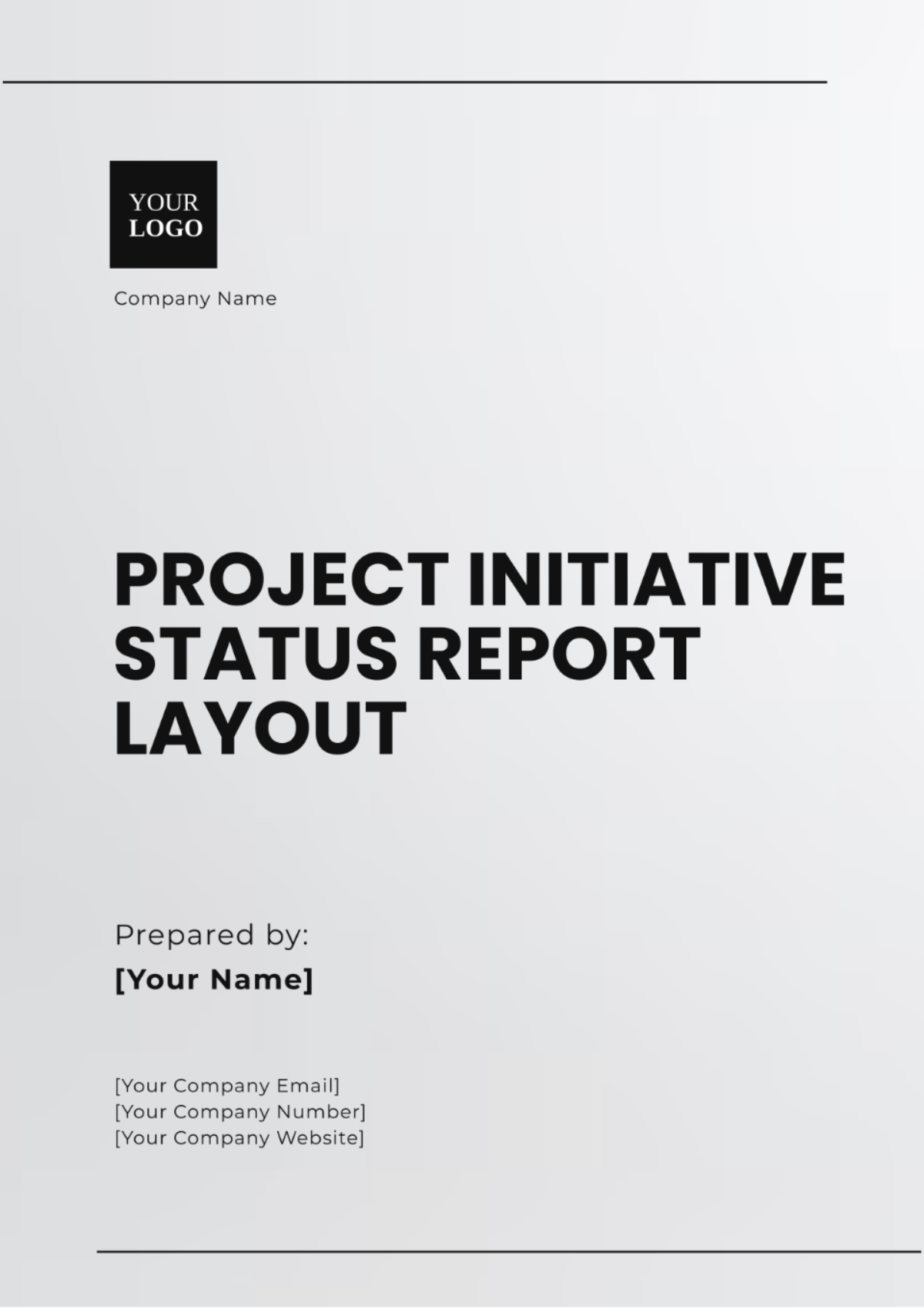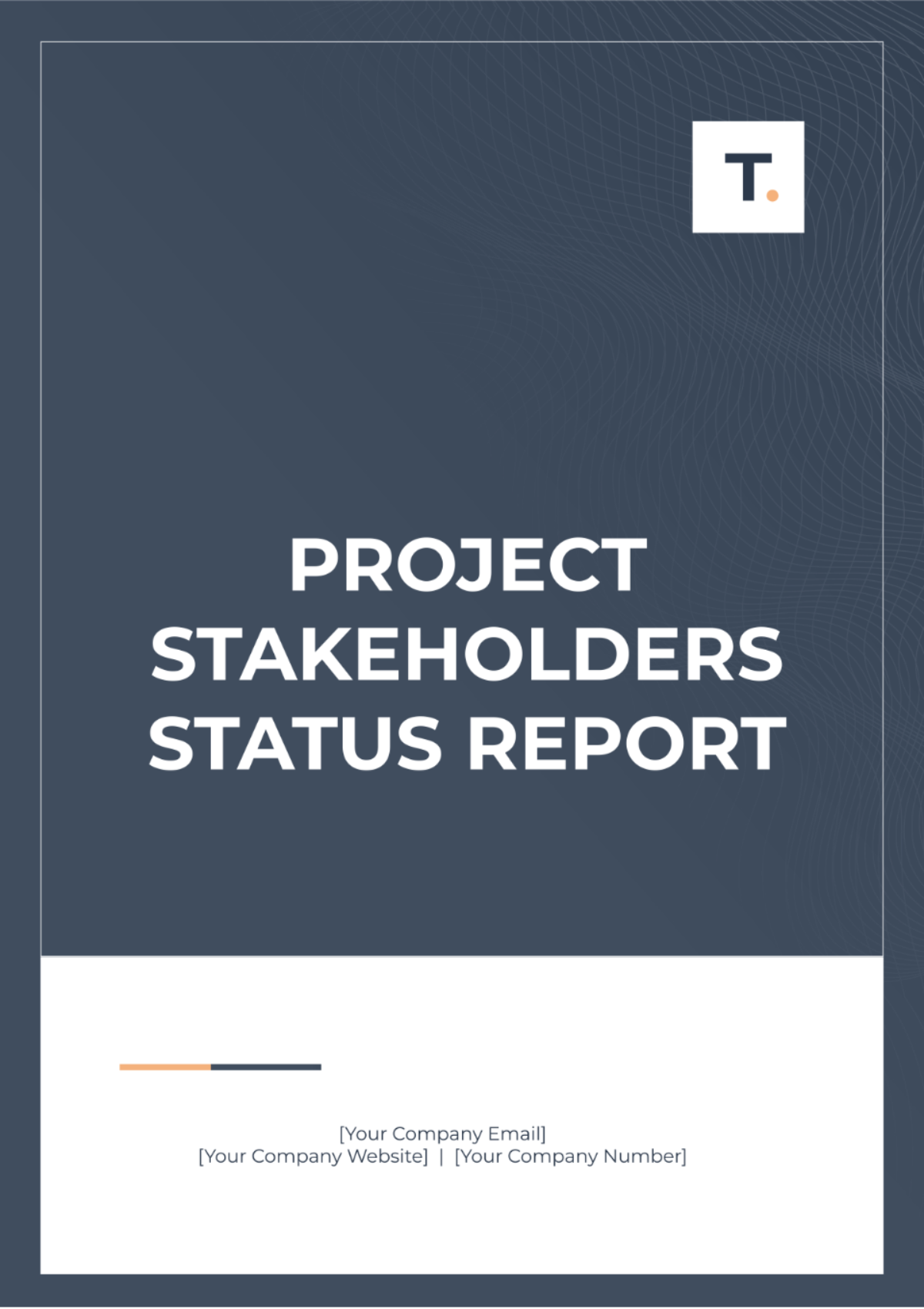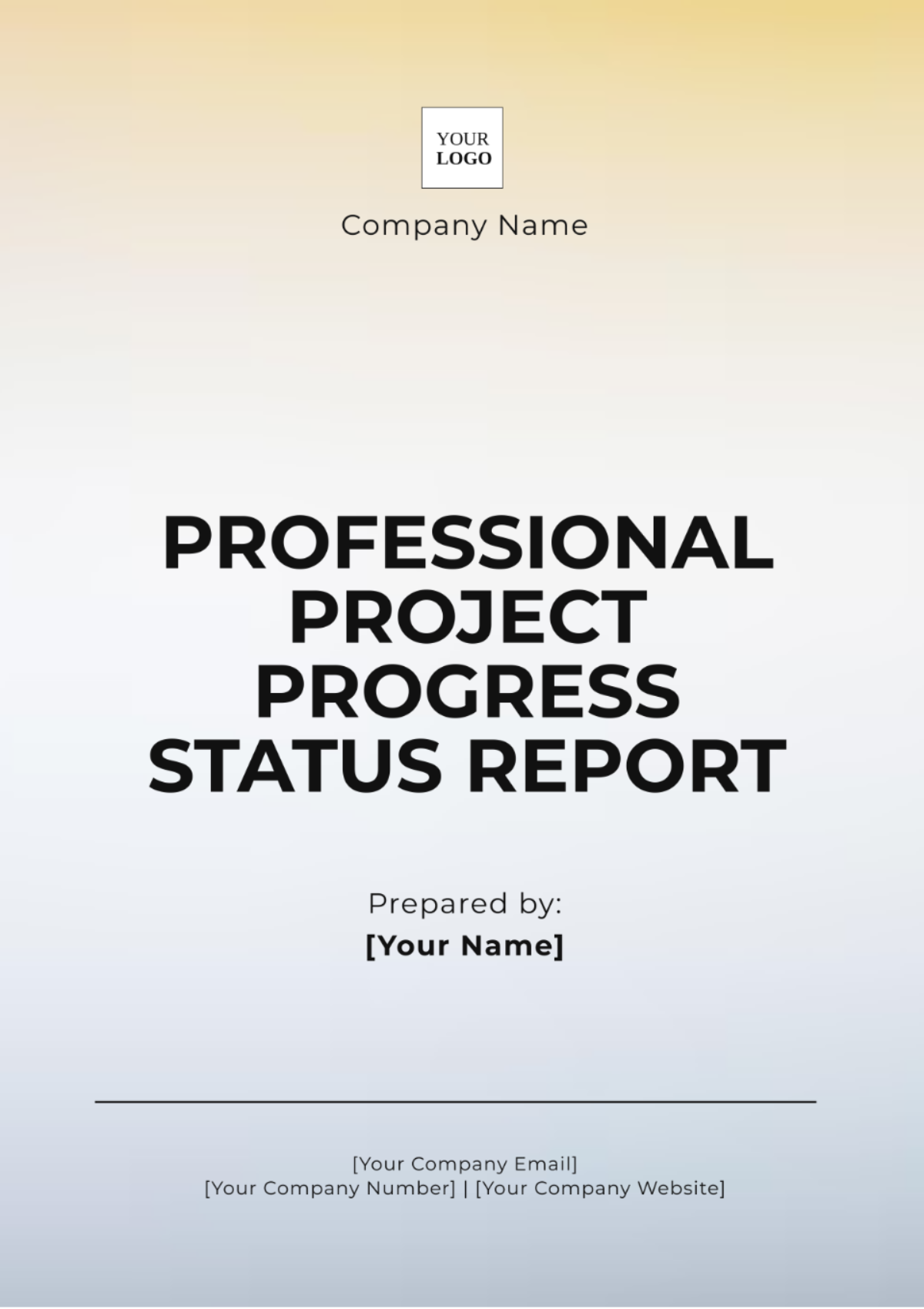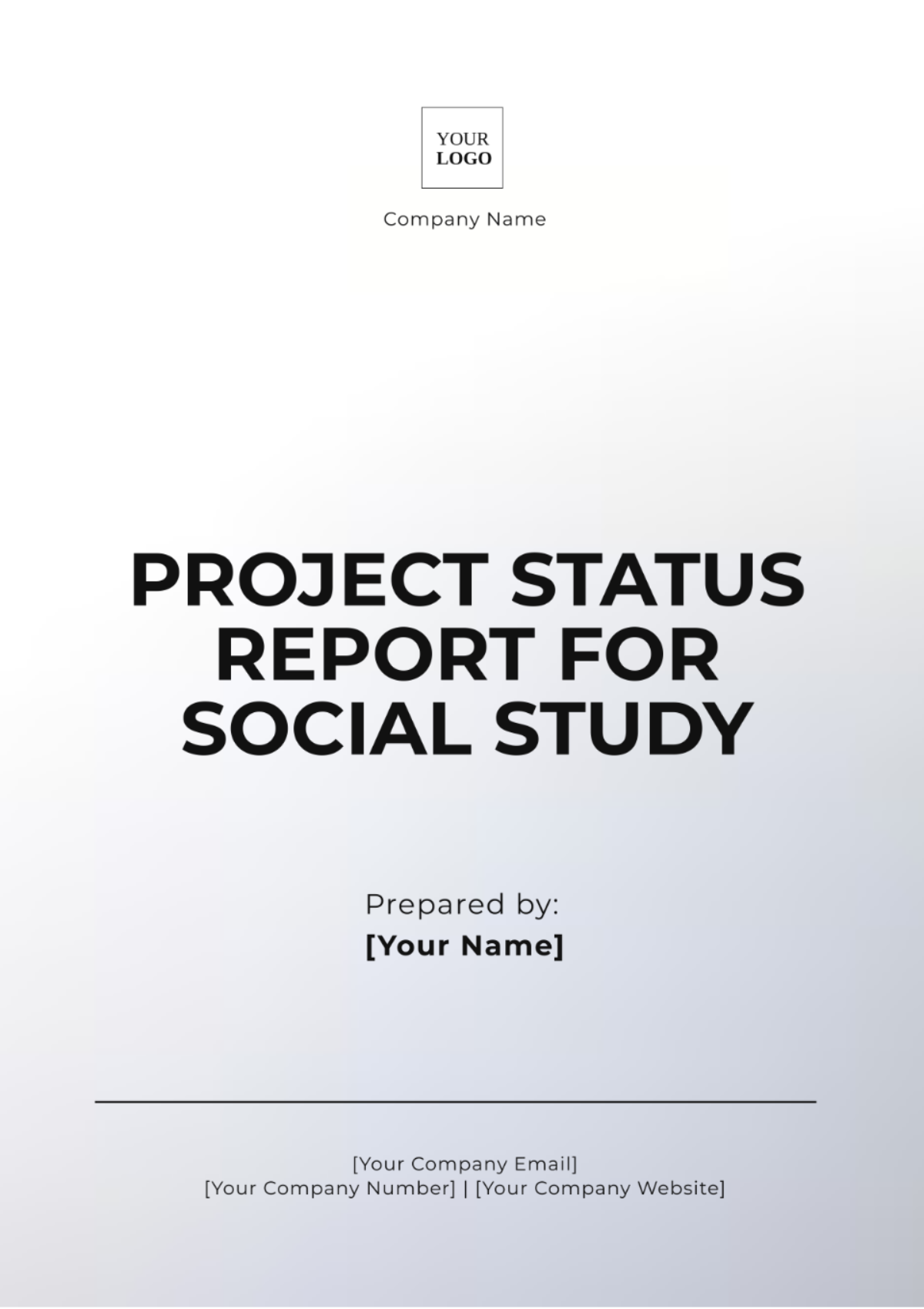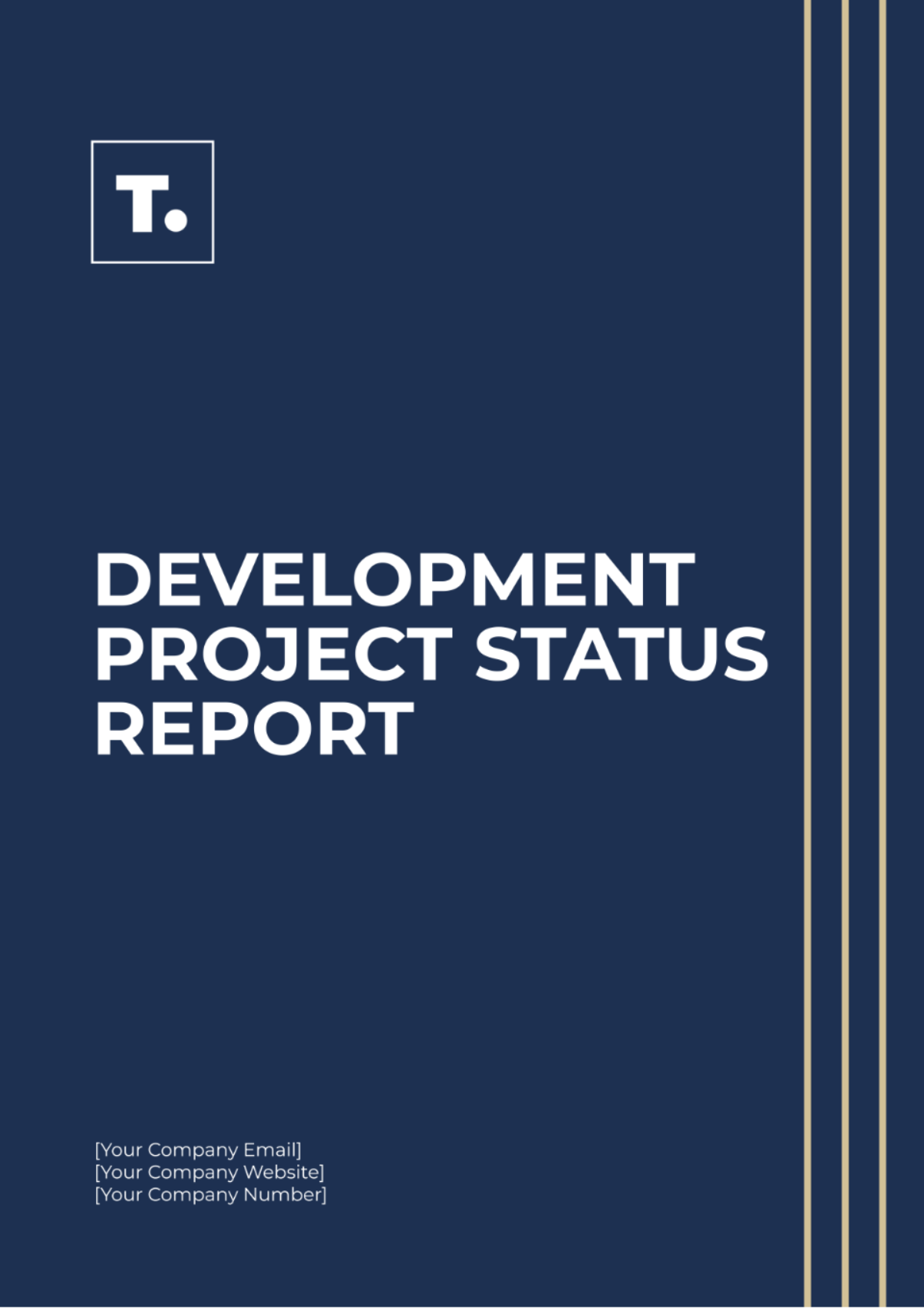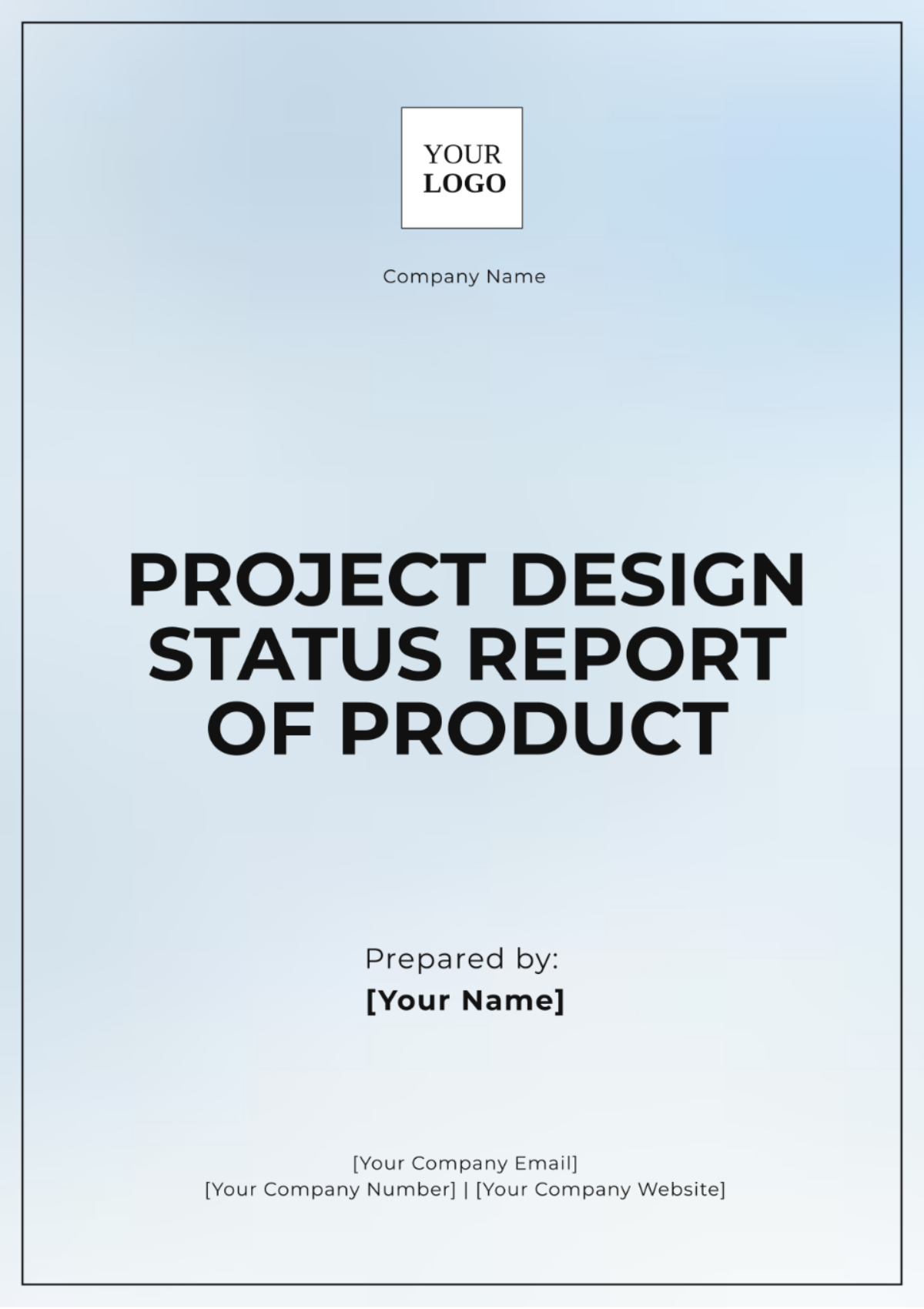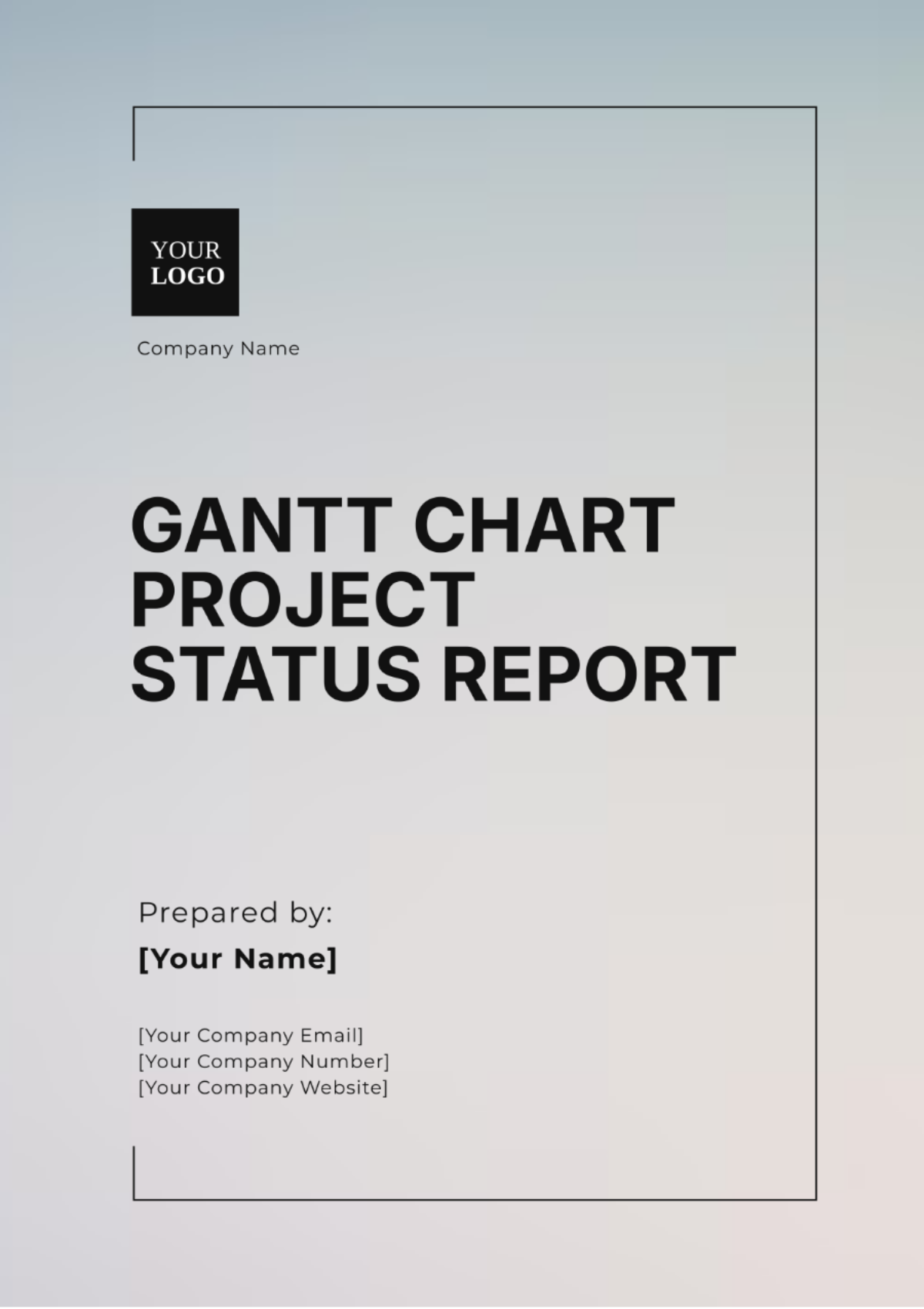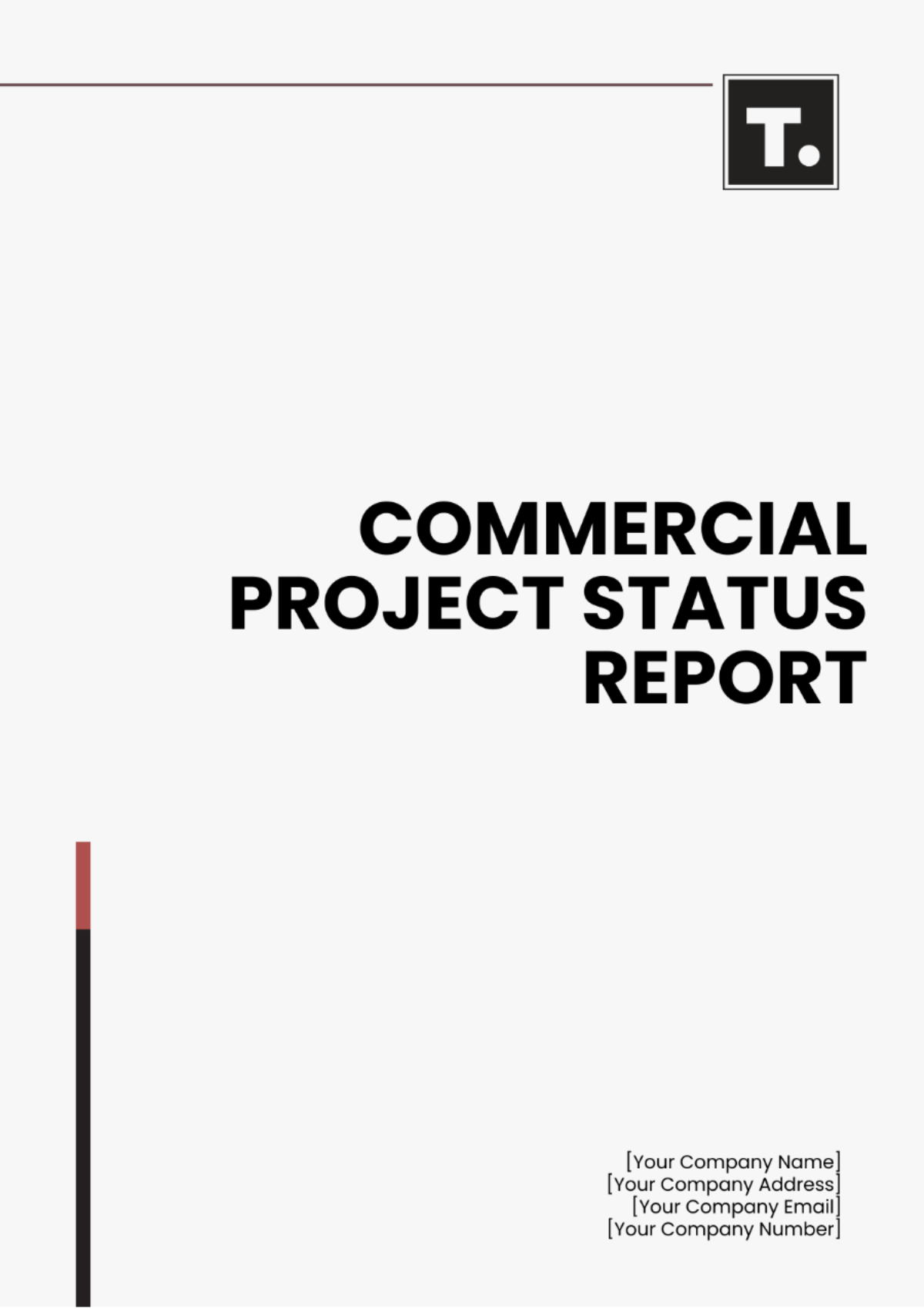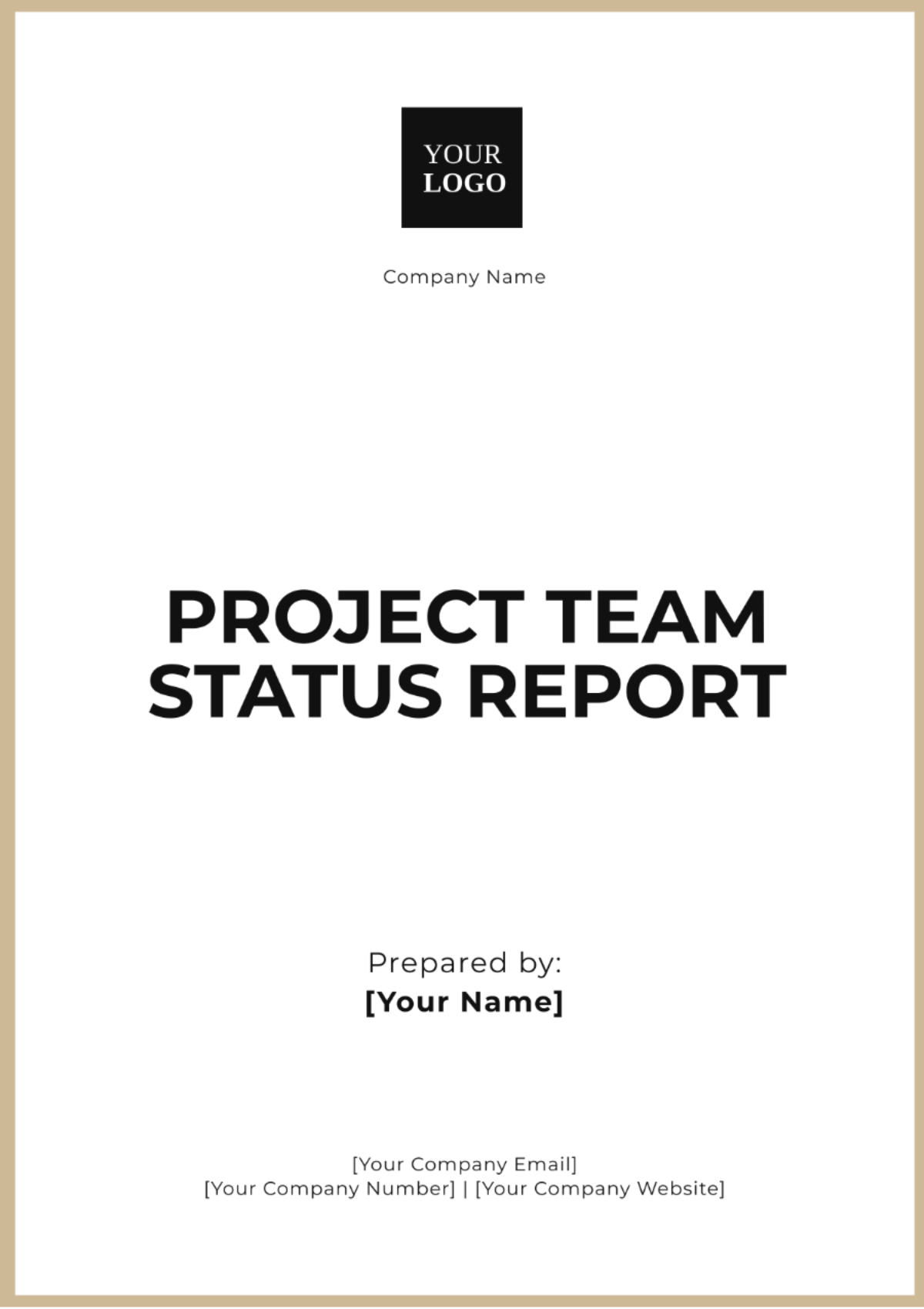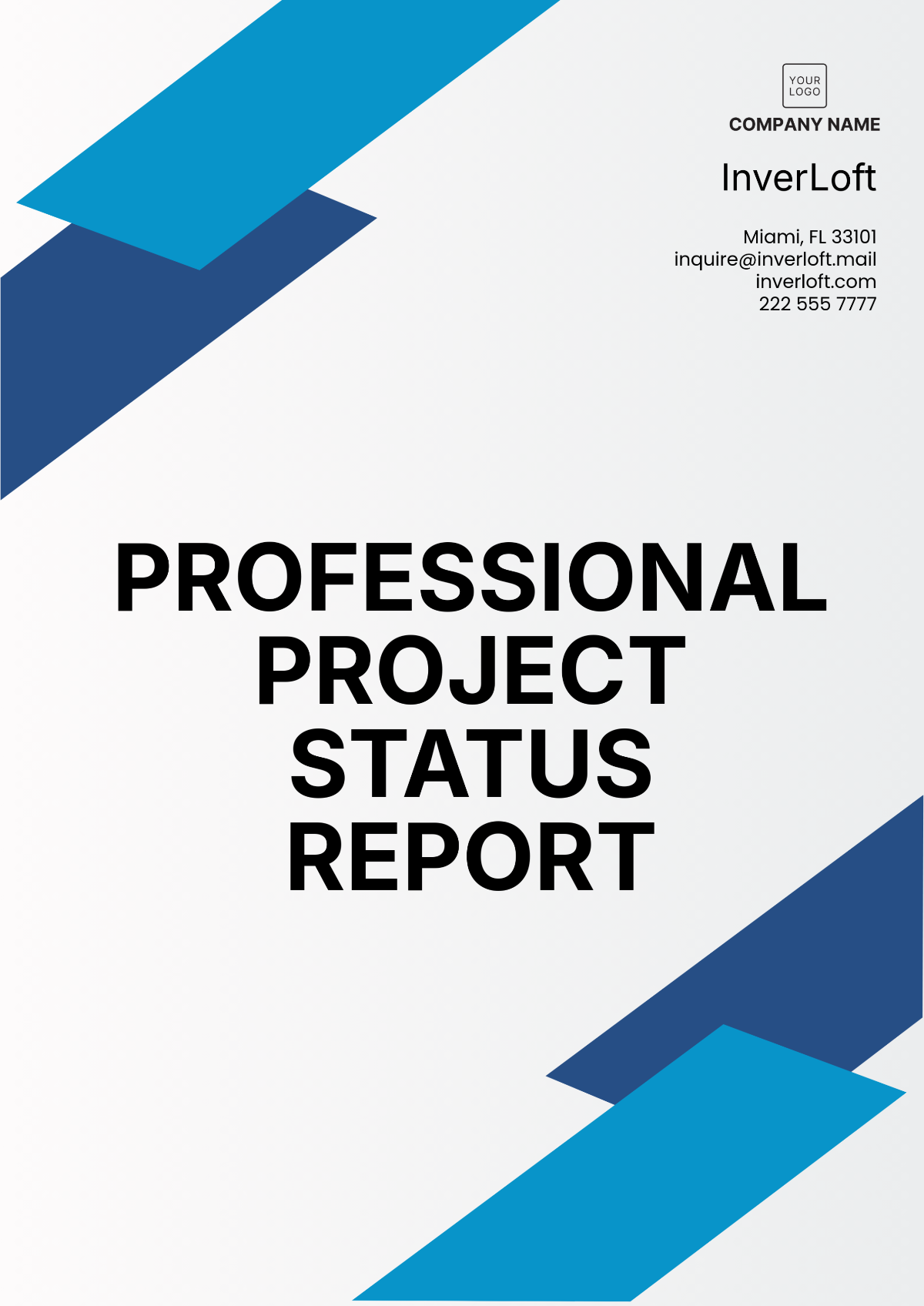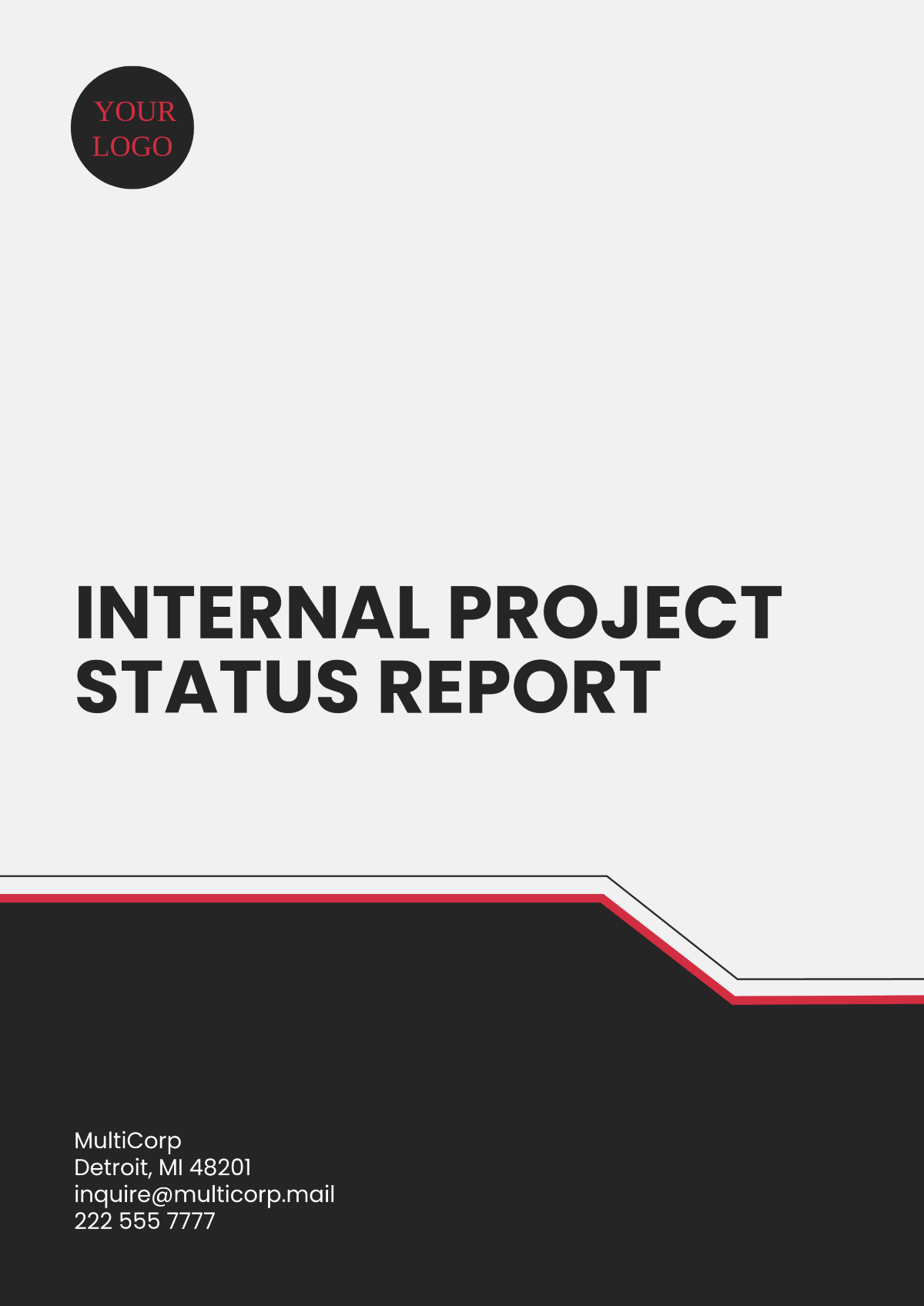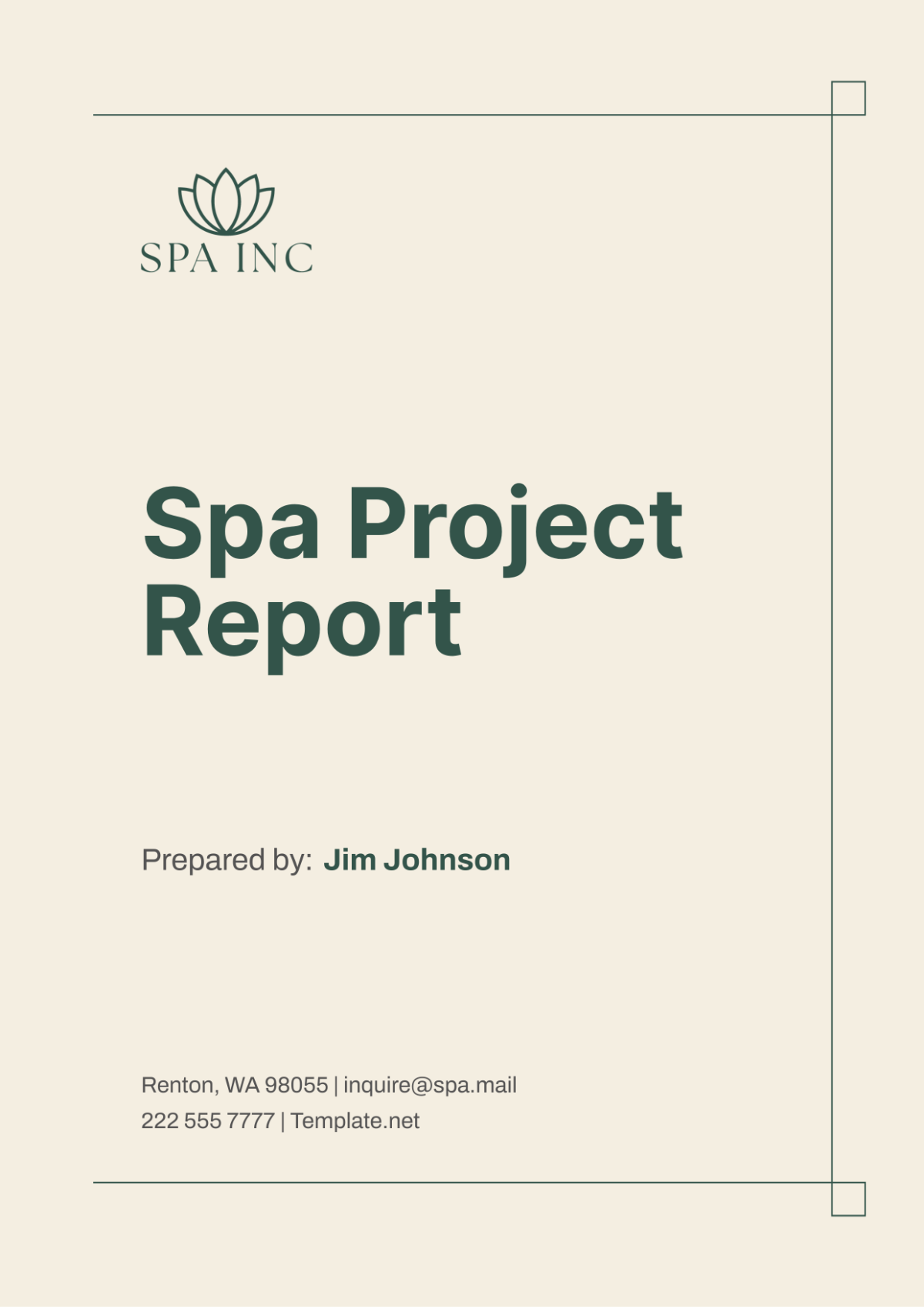R&D Project Status Report
Prepared By: [YOUR NAME]
Date: June 28, 2050
I. Project Overview
This section provides an overarching view of the ongoing R&D project. It covers the project's objectives, scope, and current status.
A. Objectives
Develop a Cutting-Edge AI-Driven Analytics Tool: Create a tool that leverages artificial intelligence to provide insightful analytics, empowering users to make data-driven decisions.
Enhance Predictive Capabilities in Data Processing: Improve the accuracy and efficiency of data predictions, facilitating timely interventions and strategic planning.
Elevate User Experience through Advanced UI/UX Design: Design an intuitive user interface and seamless user experience to ensure accessibility and satisfaction for all users.
B. Scope
Data Collection and Preprocessing: Gather diverse datasets and prepare them for analysis by cleaning and harmonizing data.
Algorithm Development and Optimization: Create robust algorithms that enhance analytical capabilities, with a focus on performance and scalability.
System Integration and Testing: Ensure the seamless integration of the analytics tool within existing systems, followed by rigorous testing to guarantee functionality.
Market Analysis and Product Positioning: Conduct a thorough analysis of the market landscape to strategically position our product for maximum impact.
C. Current Status
As of the latest update, the project is progressing as planned. Below is the current status of various tasks:
Task | Status | Completion Percentage |
|---|---|---|
Data Collection | Completed | 100% |
Algorithm Development | In Progress | 75% |
System Integration | Pending | 0% |
Market Analysis | In Progress | 50% |
II. Technical Development
Detailed insights into the technical development aspects of the project, including challenges, innovations, and progress.
A. Data Collection and Preprocessing
Data collection was completed successfully. Numerous datasets from various sources were harmonized and cleansed for accuracy. Key statistics are as follows:
Datasets Collected: 5 comprehensive datasets have been sourced.
Total Records: A total of 10 million records were gathered.
Cleaned Records: Data cleansing efforts resulted in 9.8 million high-quality records, ensuring accuracy and reliability for analysis.
B. Algorithm Development
The algorithm development phase is currently in progress. Significant strides have been made in feature engineering and model training. Key milestones achieved:
Feature Engineering: Currently 90% complete, with an emphasis on identifying relevant features that enhance model performance.
Model Training: 70% complete, utilizing state-of-the-art techniques to ensure robust predictive capabilities.
Initial Testing: Testing has commenced to validate the model's performance and refine its accuracy.
C. System Integration
System integration has yet to begin. Preparatory work is underway to ensure a seamless transition once algorithm development is complete. Upcoming tasks include:
Integration Framework Setup: We are establishing a comprehensive framework to ensure smooth interoperability among system components, facilitating efficient communication and data flow.
IT Infrastructure Readiness: Preparations are in progress to ensure the IT infrastructure is robust and capable of supporting the new system, including necessary upgrades.
Hardware and Software Compatibility Checks: Thorough compatibility checks are being conducted to confirm that all components work together effectively, preventing issues during integration and ensuring optimal system performance from day one.
III. Market Analysis
This section discusses the market analysis performed to date, including competitive landscape, potential customer segments, and preliminary conclusions.
A. Competitive Landscape
The competitive landscape was thoroughly analyzed. The key competitors identified in the market are:
Competitor A: A detailed evaluation of strengths and weaknesses has highlighted areas where we can differentiate our offerings, ensuring that our product meets unmet needs in the market.
Competitor B: Insights from this competitor have informed our strategic positioning, allowing us to capitalize on their shortcomings while emphasizing our unique value propositions.
Competitor C: A comprehensive analysis of this competitor has provided a deeper understanding of market dynamics, helping us identify trends and opportunities that we can leverage.
B. Customer Segments
Large Enterprises: These organizations demand robust solutions with comprehensive features to support their complex operations and data requirements.
Small and Medium Enterprises (SMEs): This growing segment is currently under-served by advanced analytics tools, presenting a significant opportunity for tailored solutions that meet their specific needs.
Startups: Emerging companies are in search of innovative, user-friendly solutions that can scale with their growth, making them ideal candidates for our product.
C. Preliminary Conclusions
Initial conclusions from the market analysis suggest that there is a significant opportunity for our product in the SME sector, which is currently under-served by advanced AI-driven tools. Moreover, our emphasis on enhanced UI/UX design positions us competitively in the startup segment.
IV. Next Steps
Action | Description | Timeline |
|---|---|---|
Finalize Algorithm Development | Complete the development of the algorithm | Expected completion: 2 months |
Initiate System Integration | Begin the integration of system components | Expected start: 3 months |
Continue Market Analysis and Customer Outreach | Ongoing analysis and engagement with potential customers | Ongoing |
Prepare Beta Version for Initial User Testing | Develop the beta version for testing purposes | Expected completion: 6 months |
V. Conclusion
In summary, the R&D project is on track, with significant progress made in data collection and algorithm development. Market analysis has revealed promising opportunities, particularly in the SME and startup segments. The next phases of system integration and user testing are crucial for bringing the product to market successfully.
